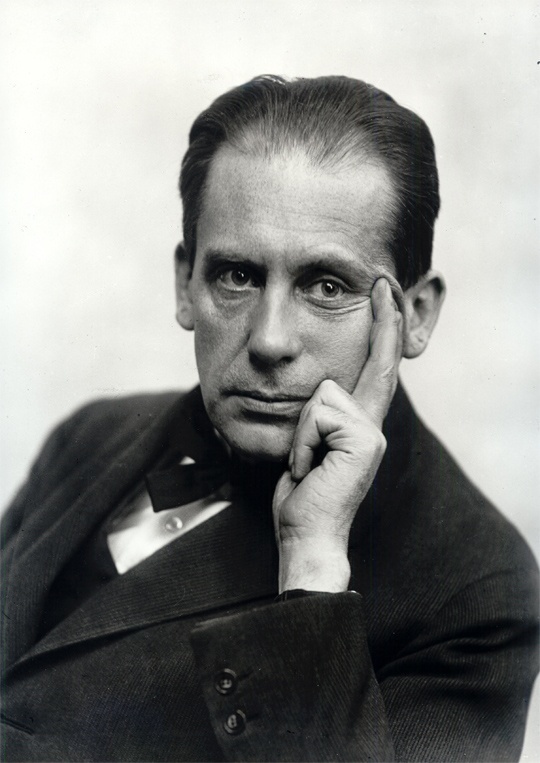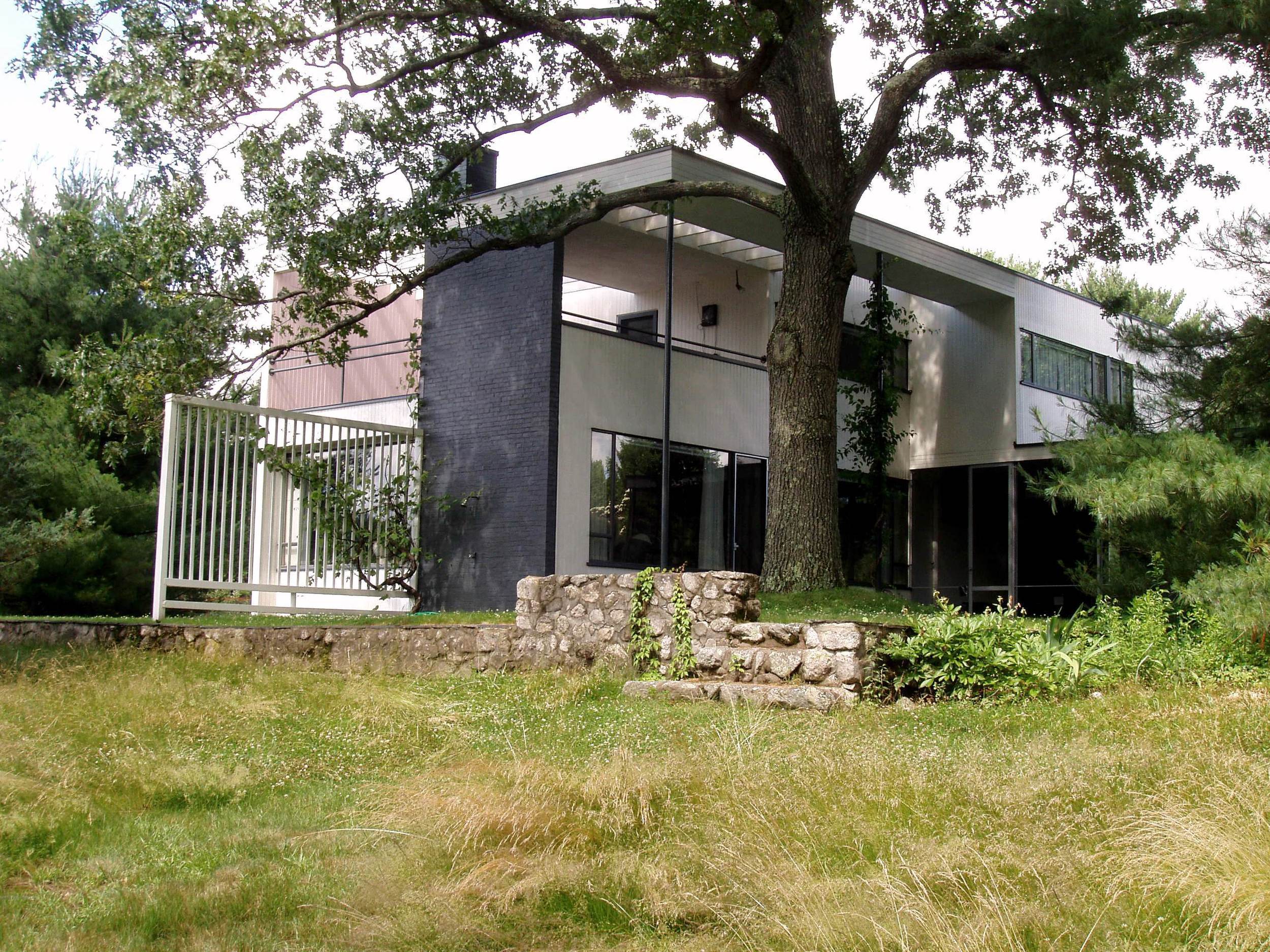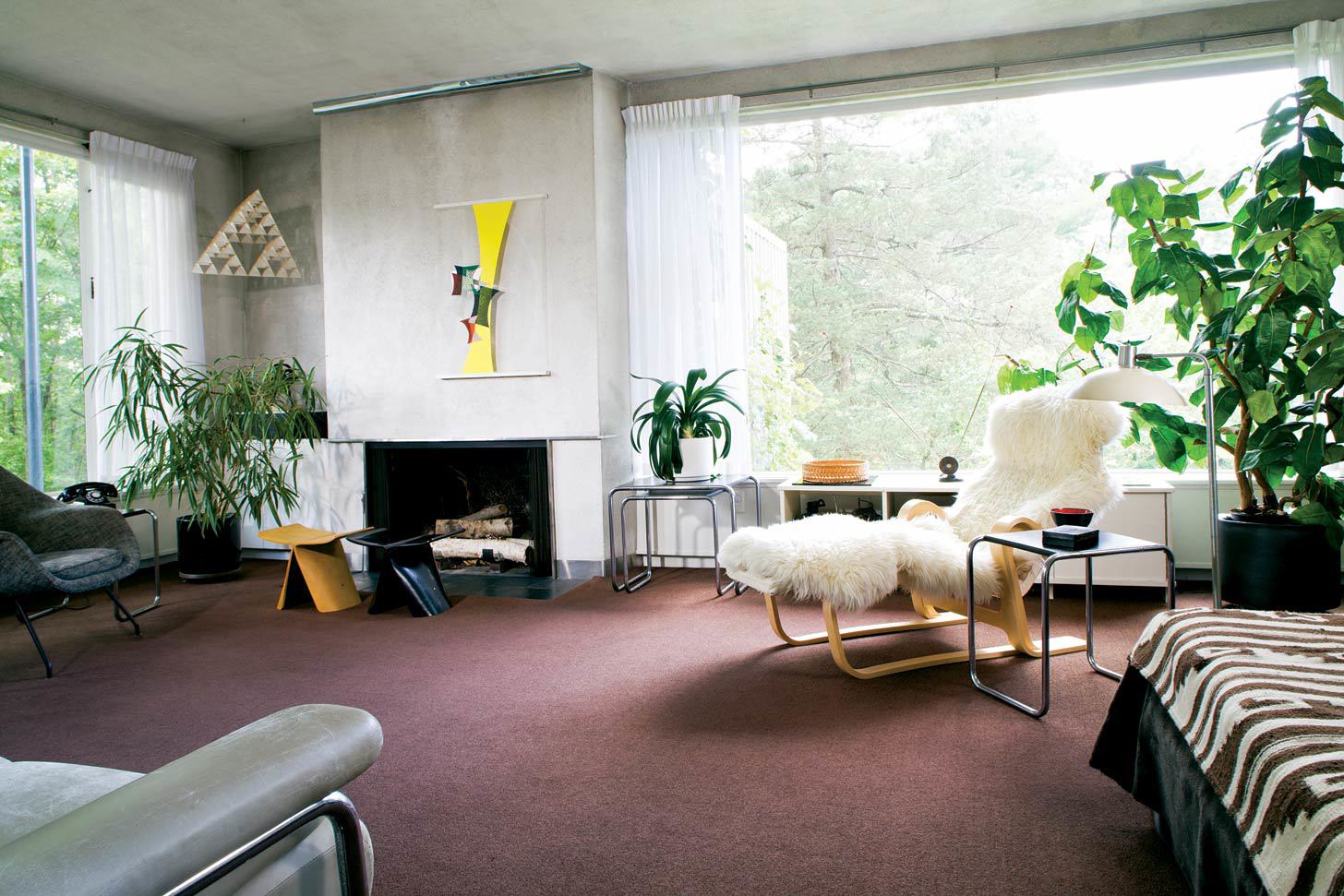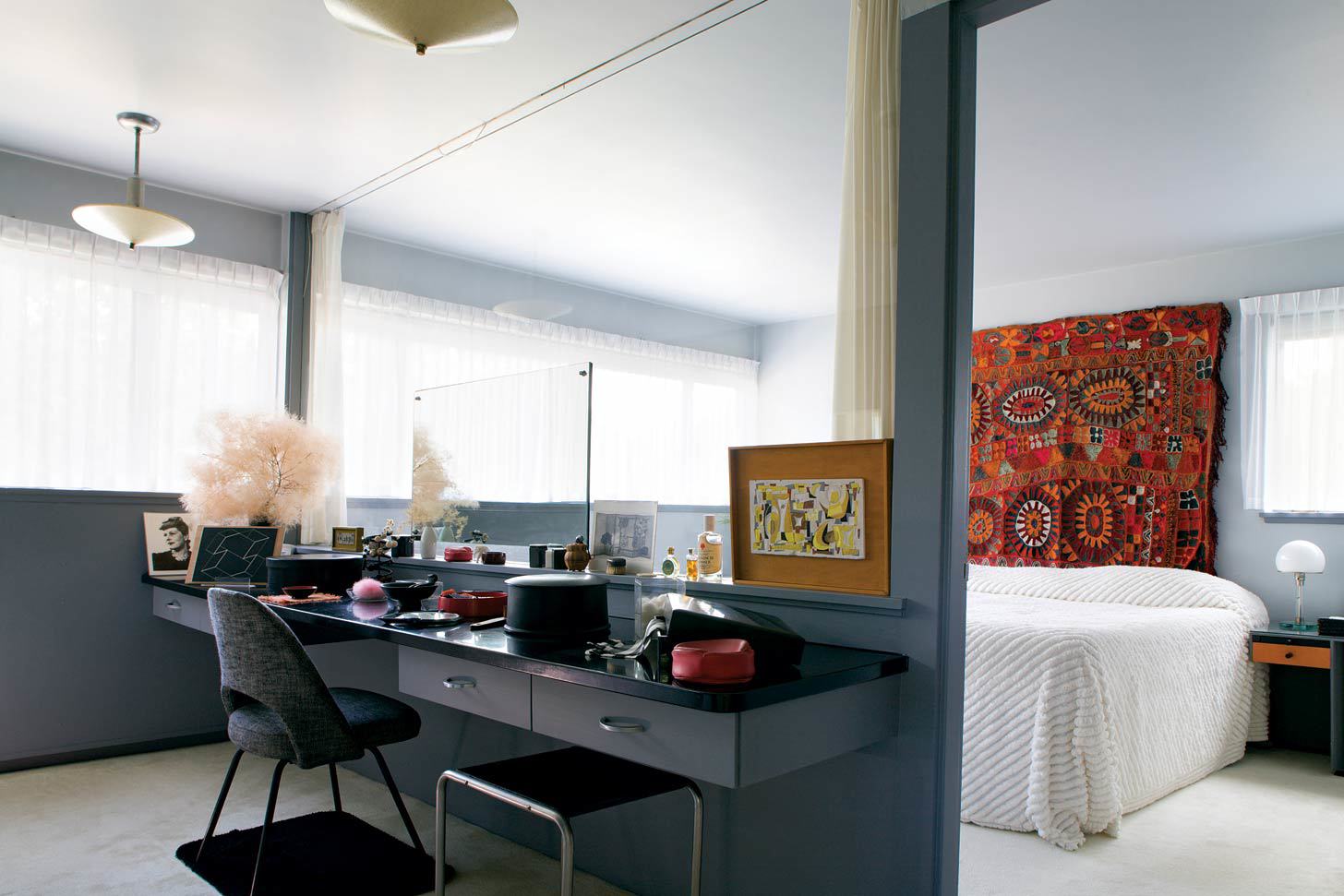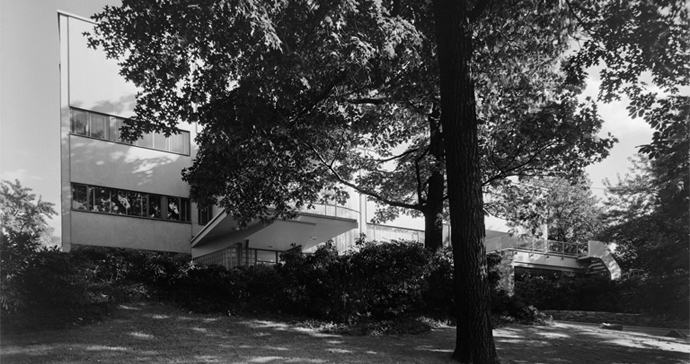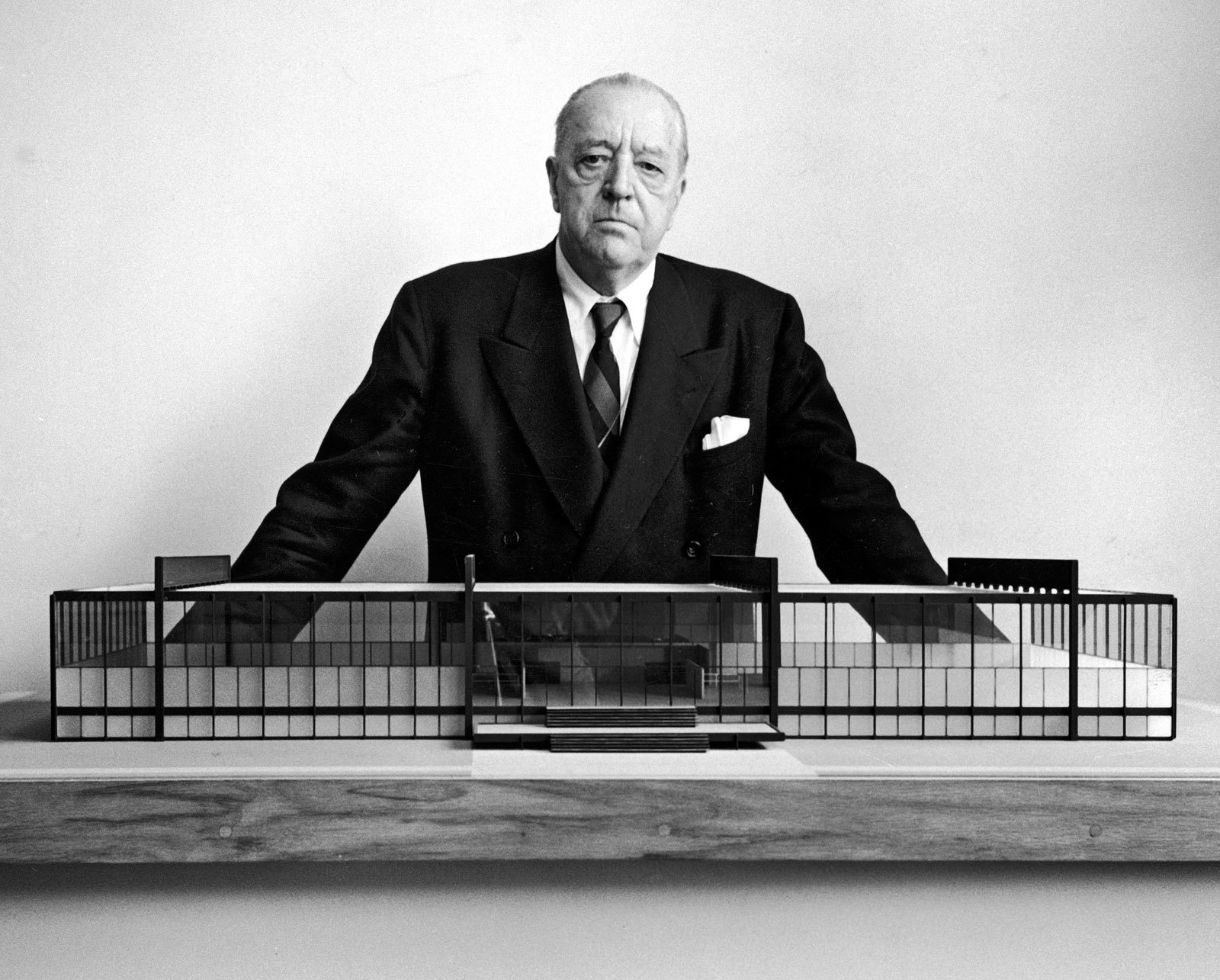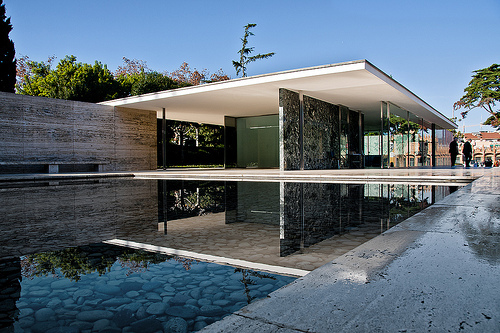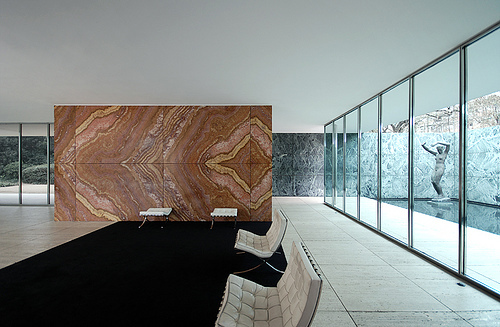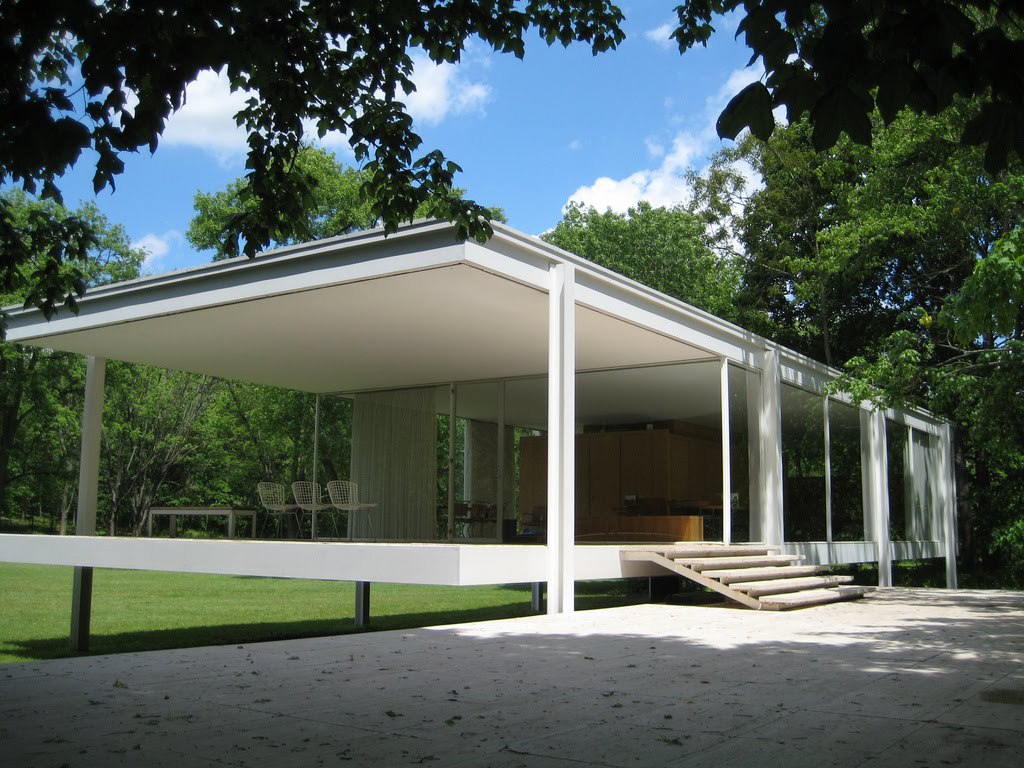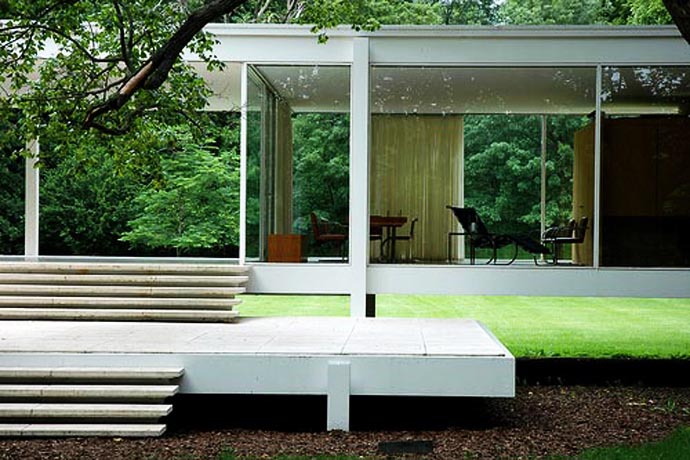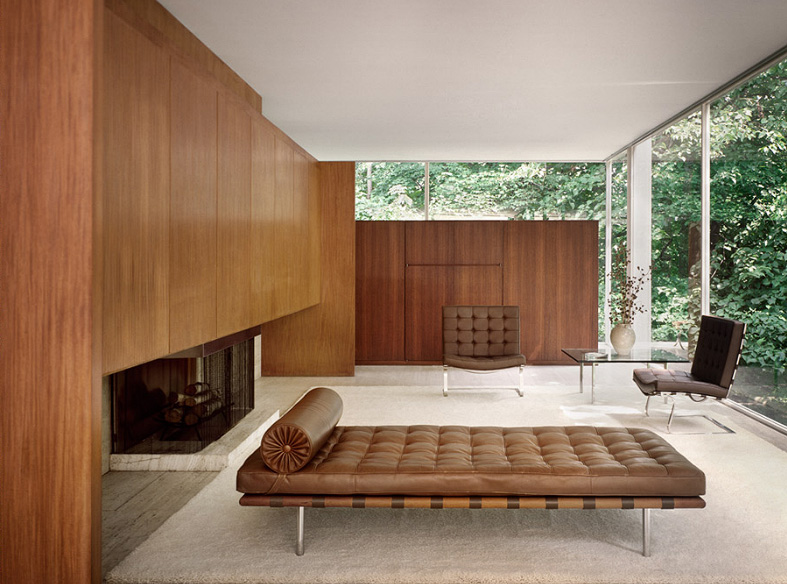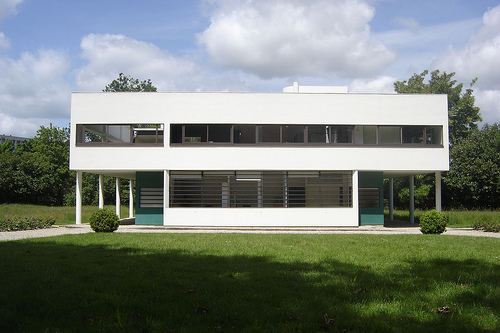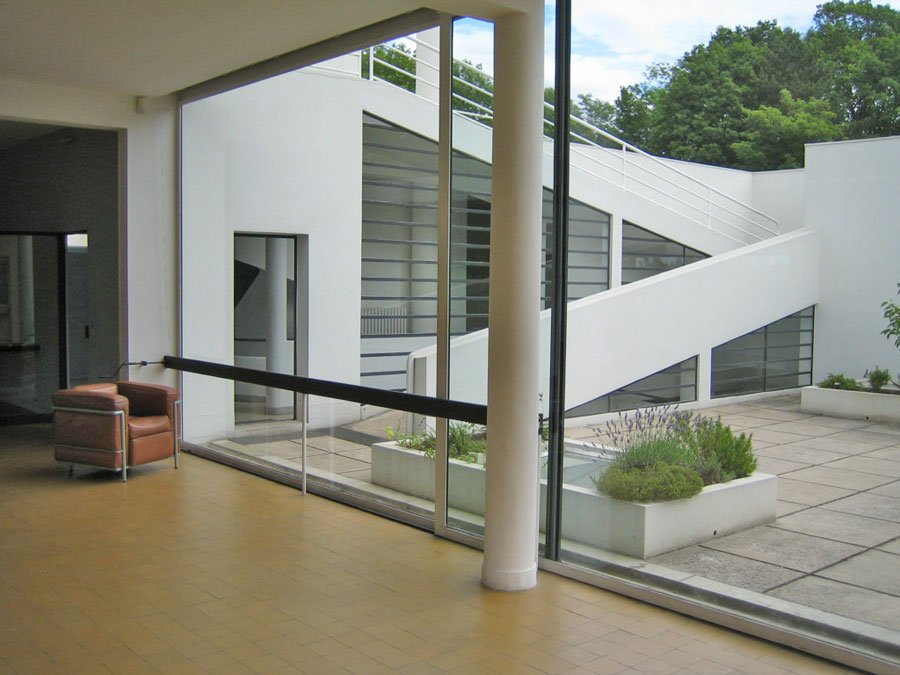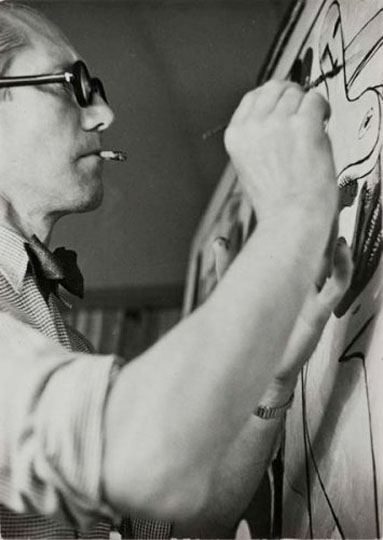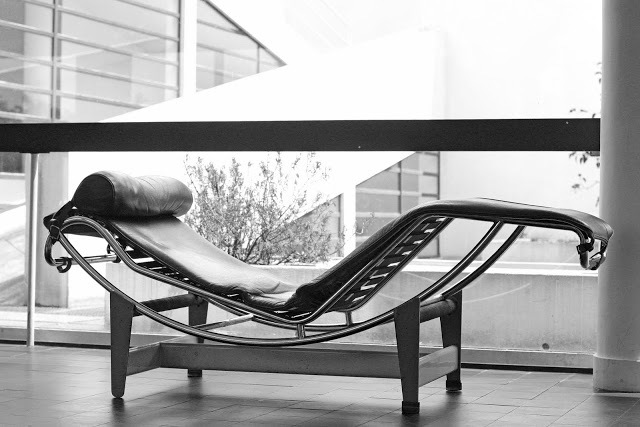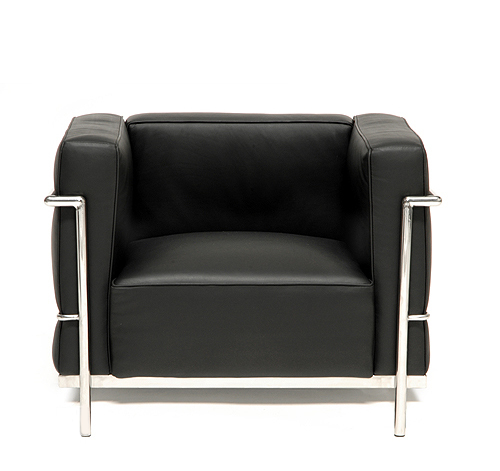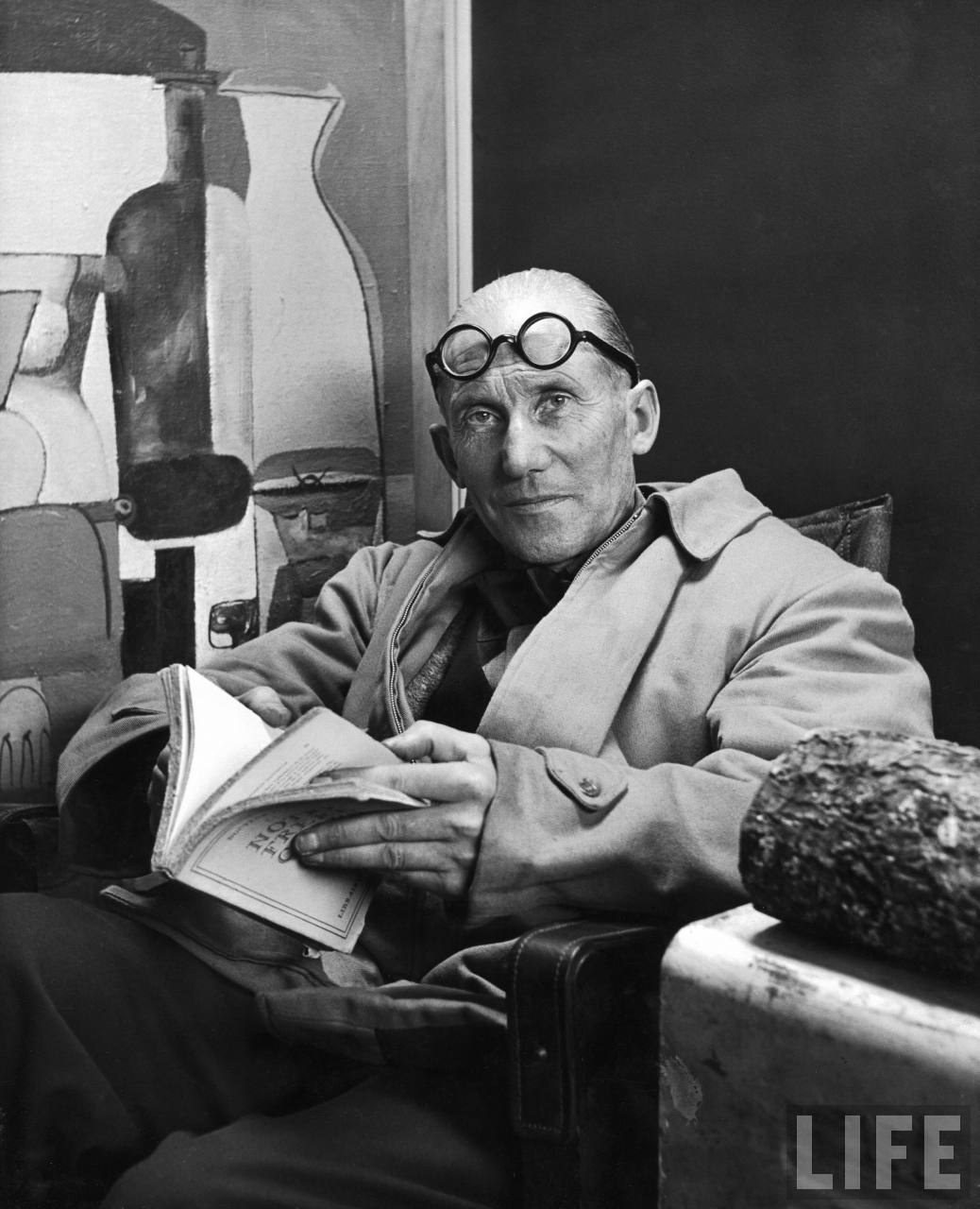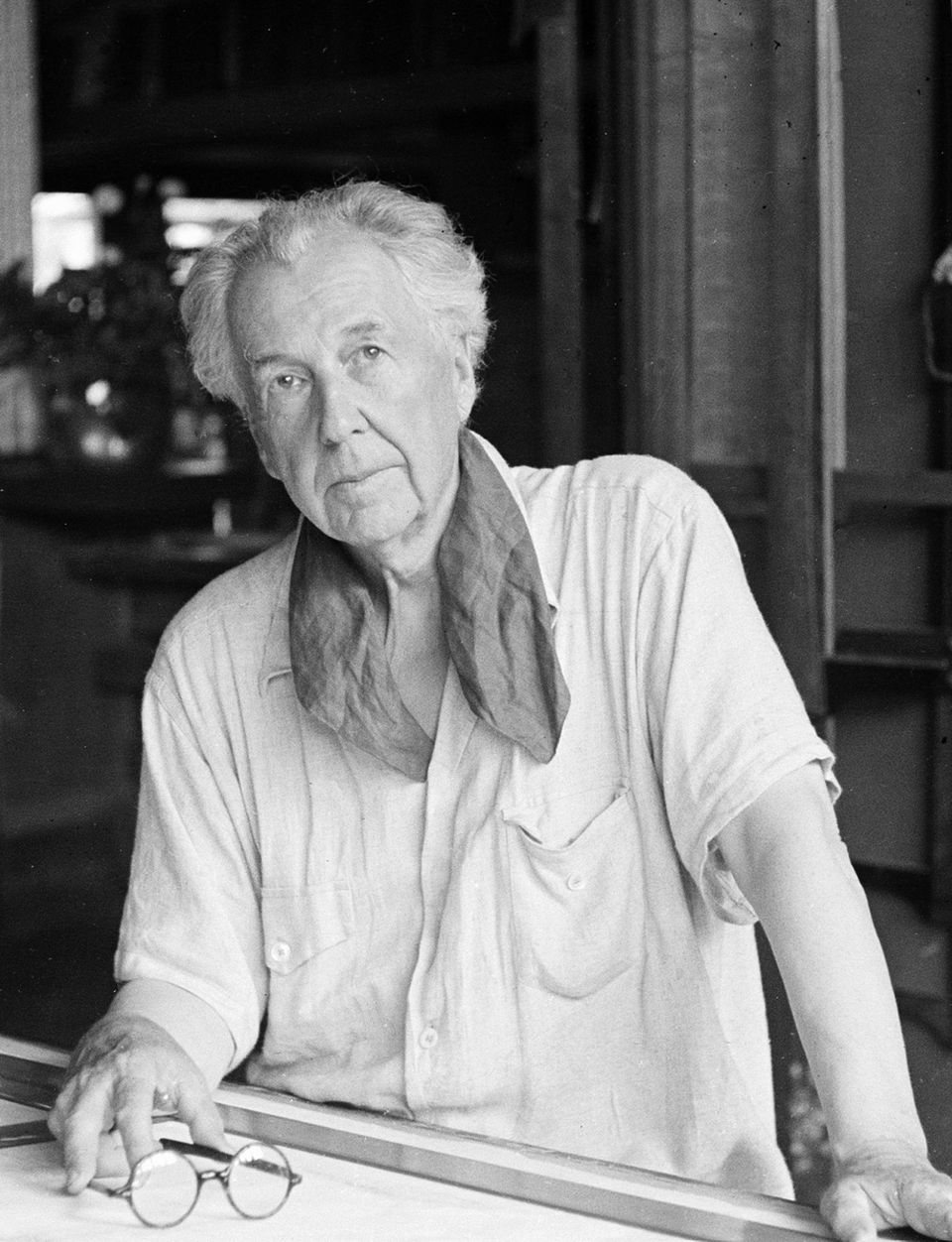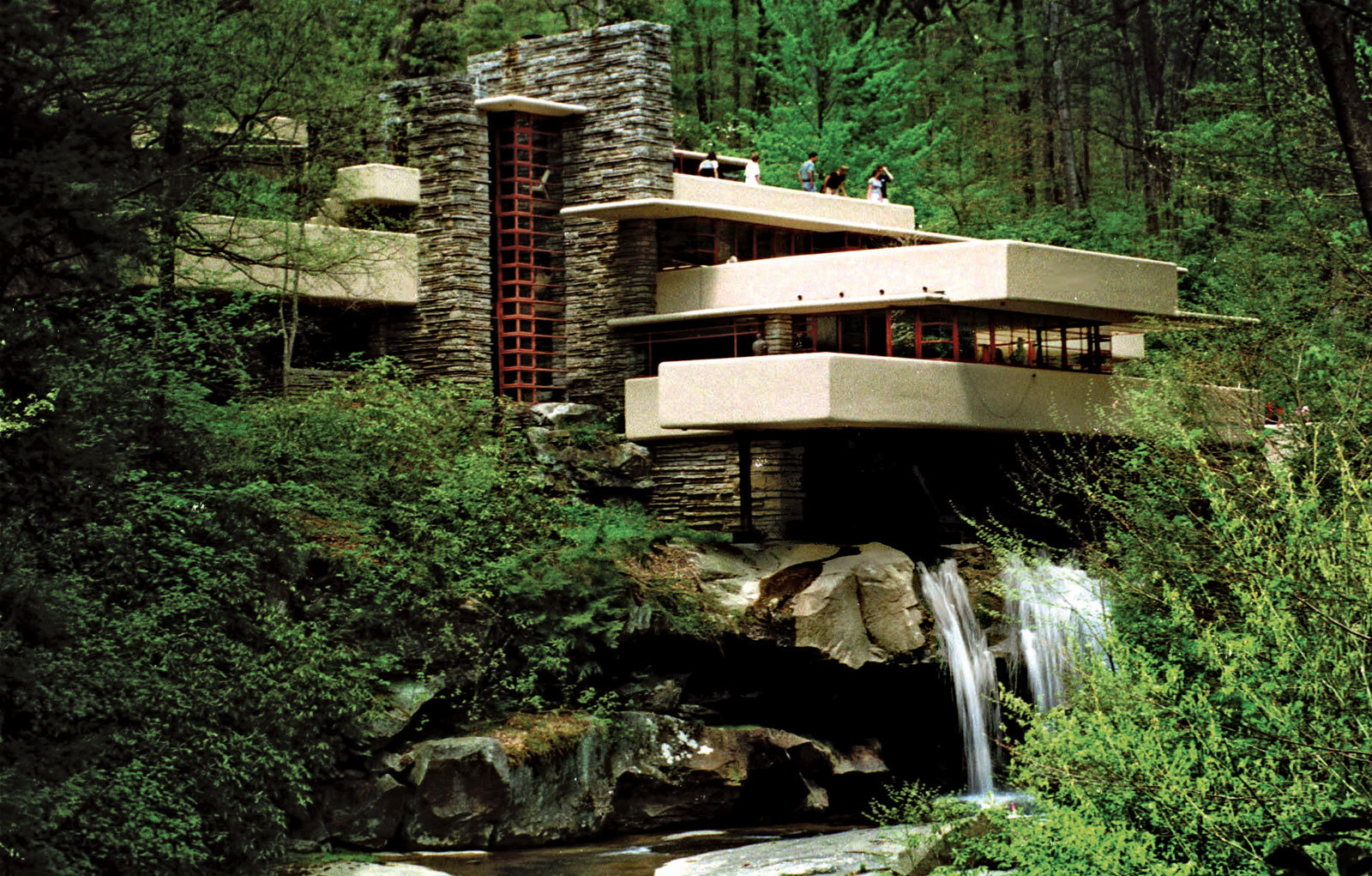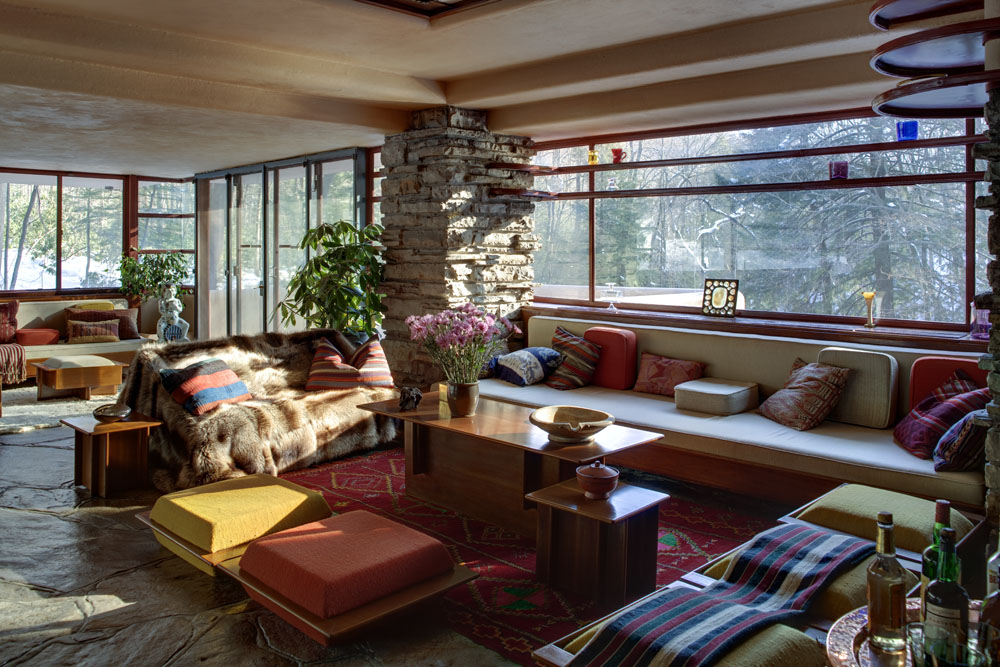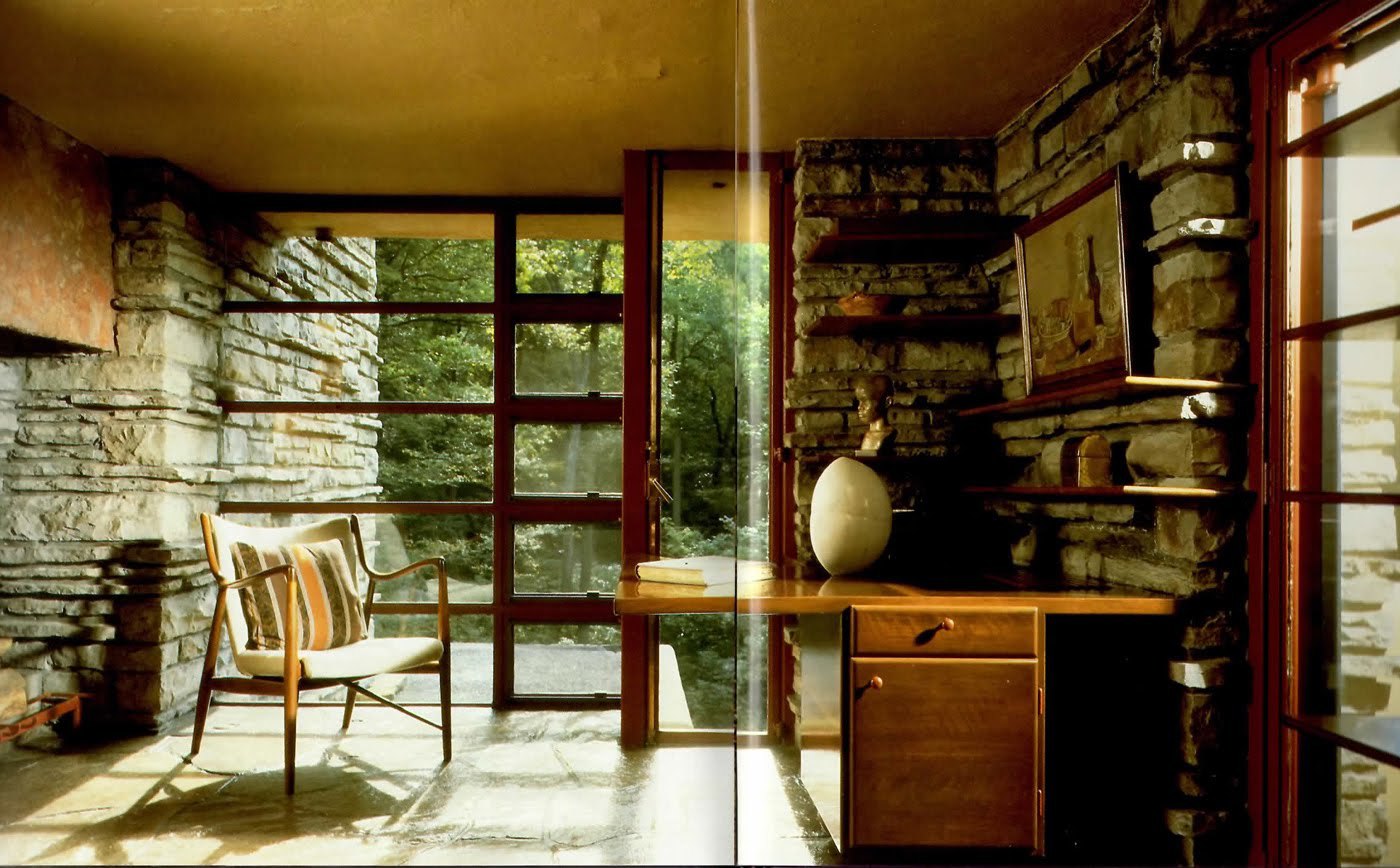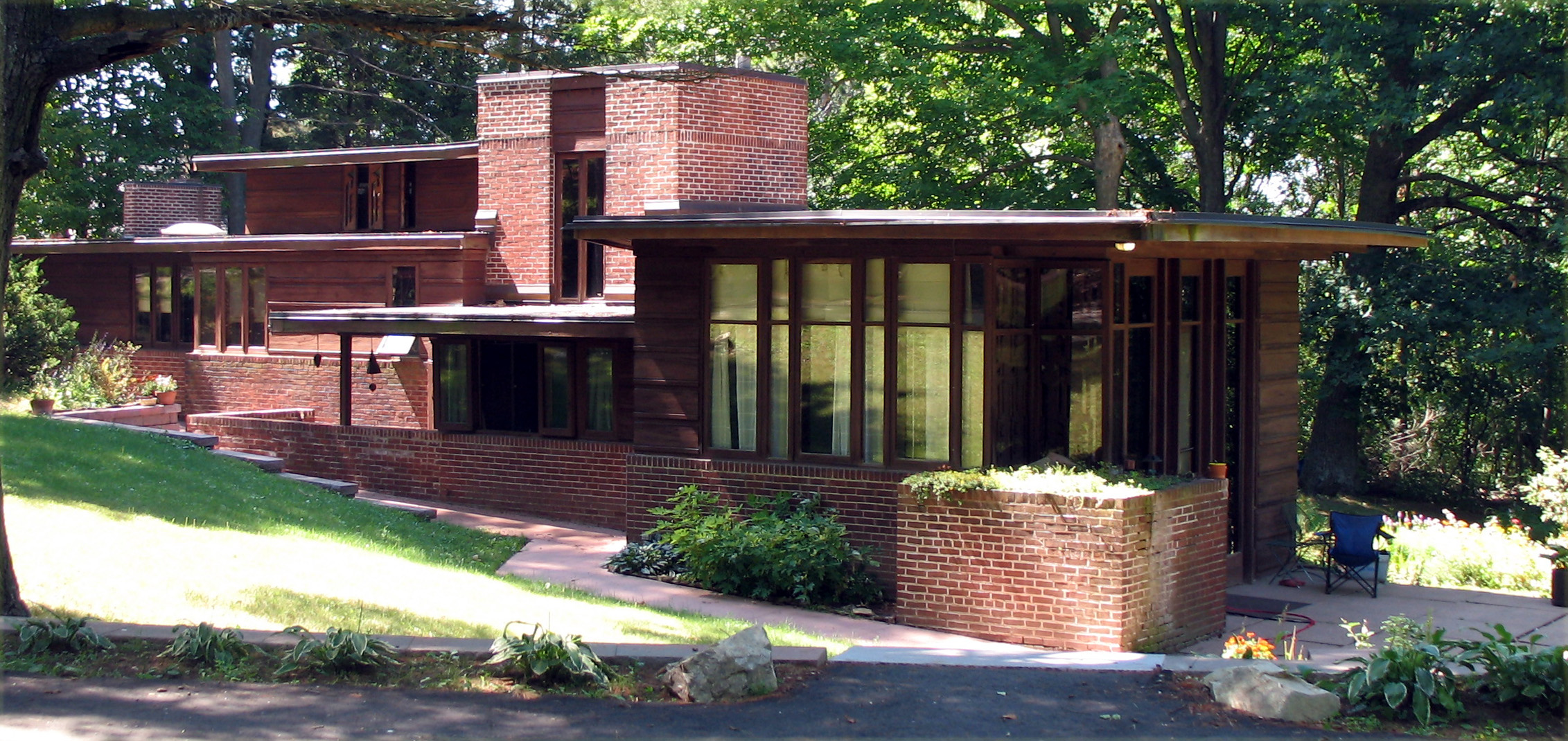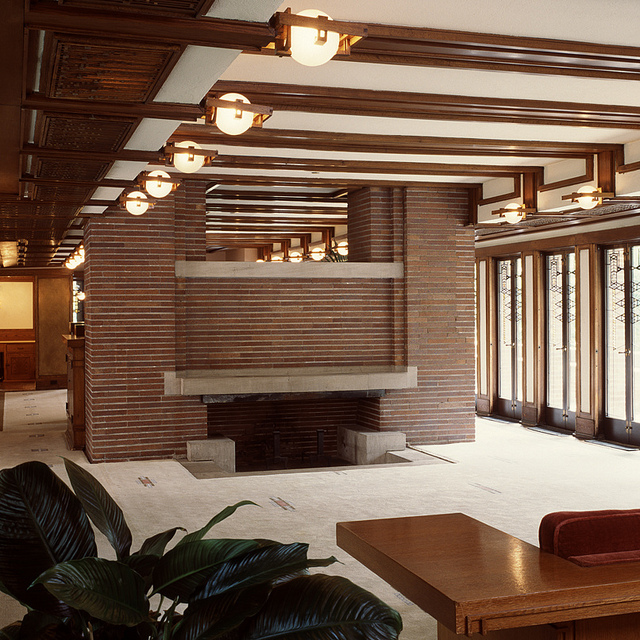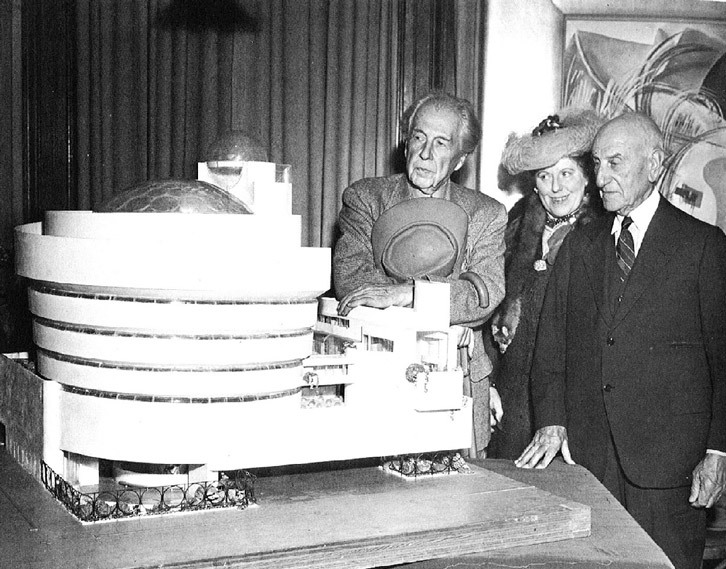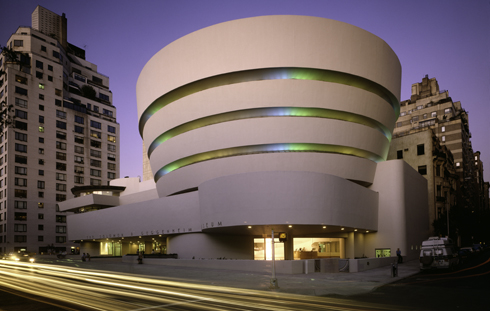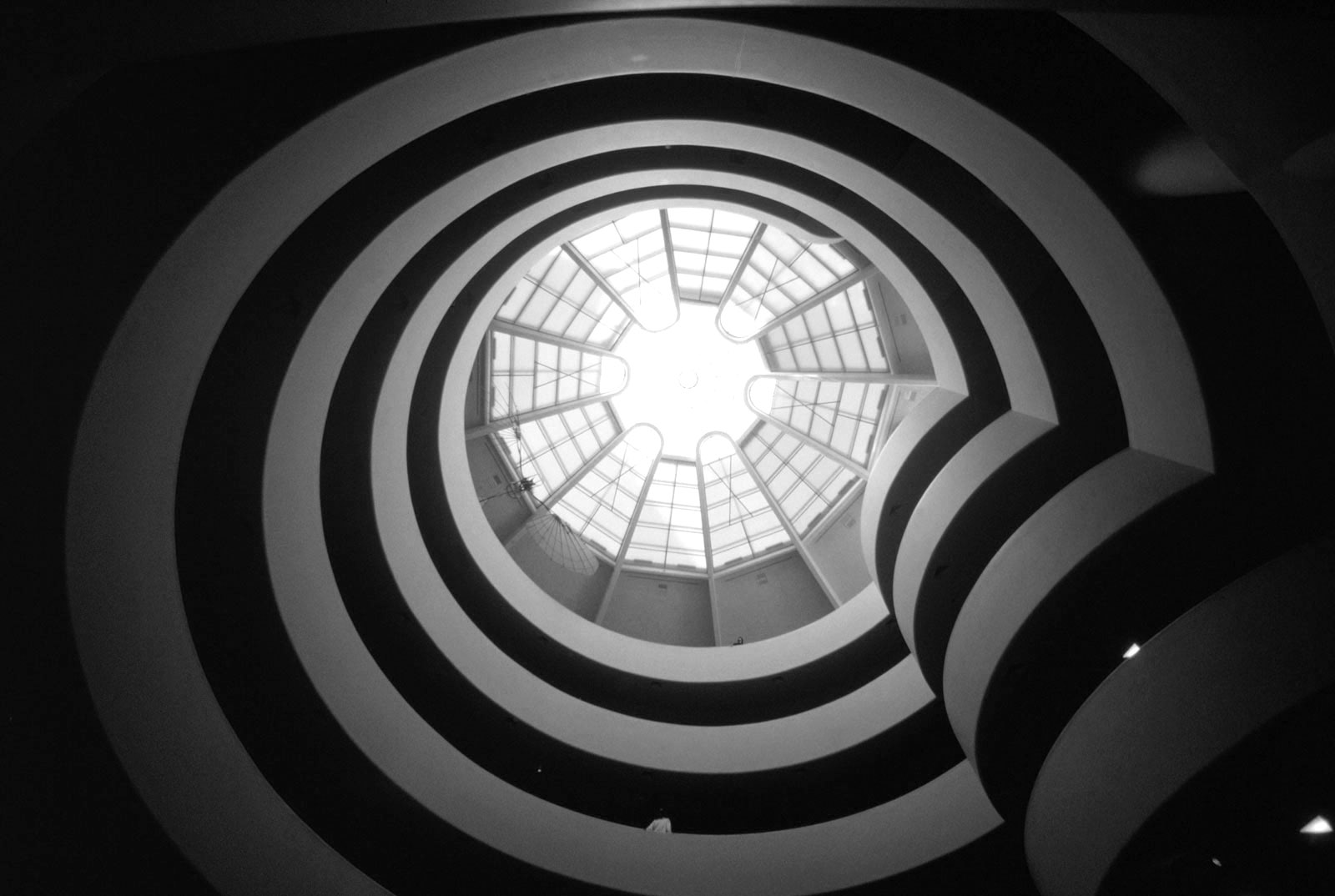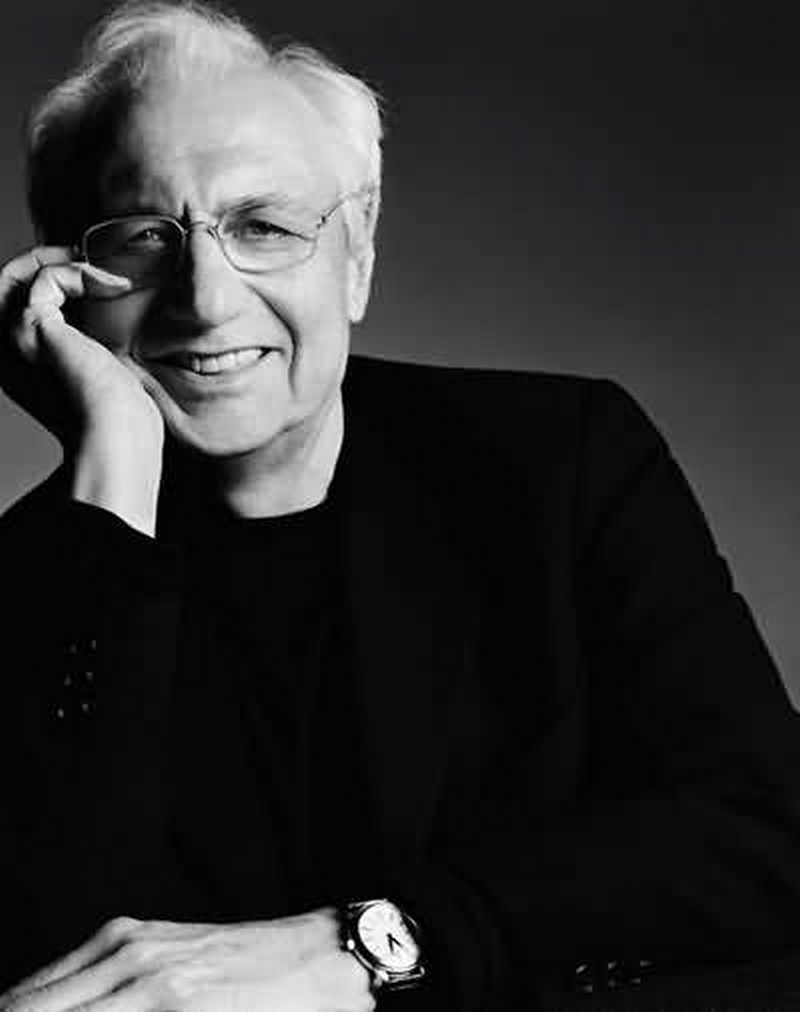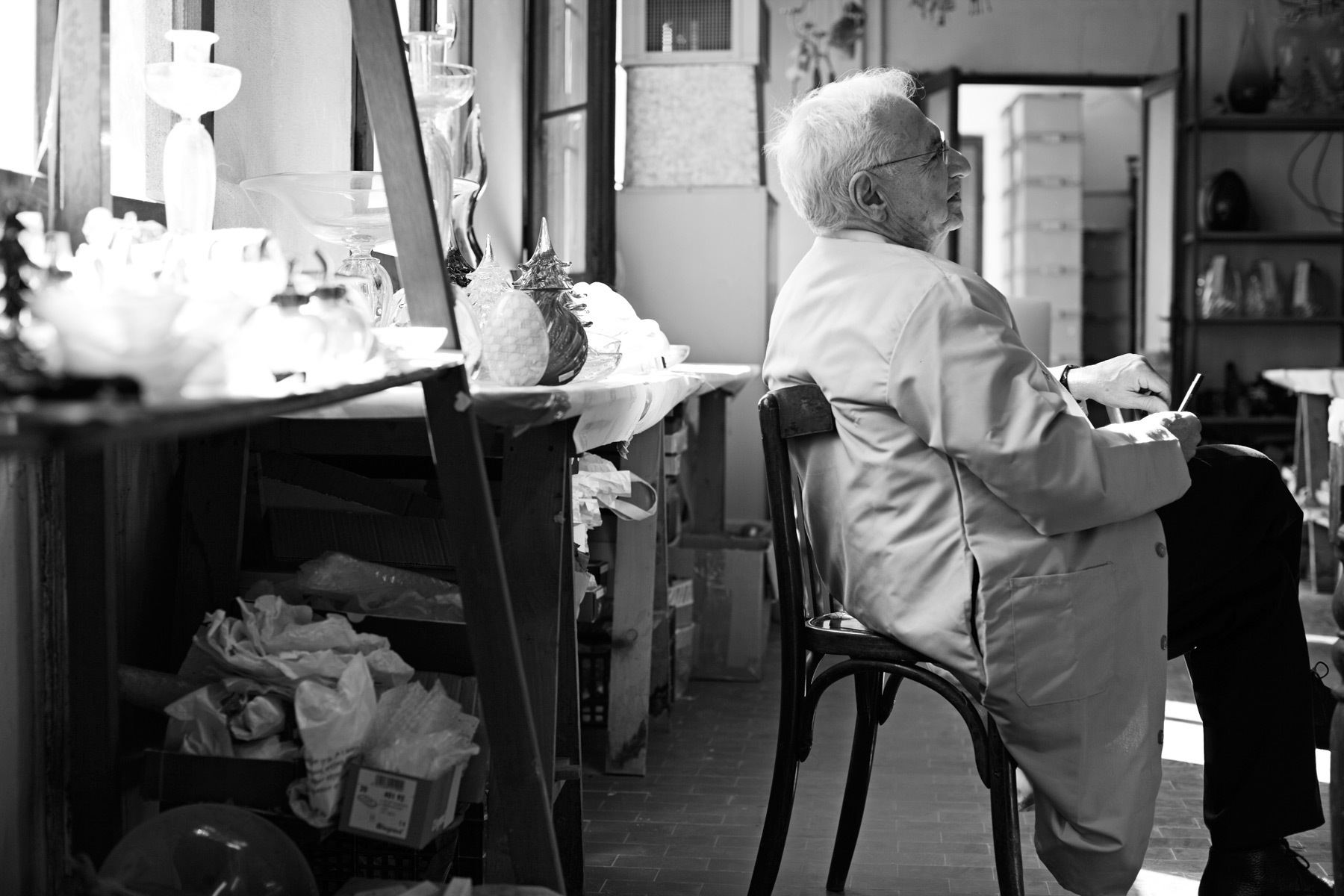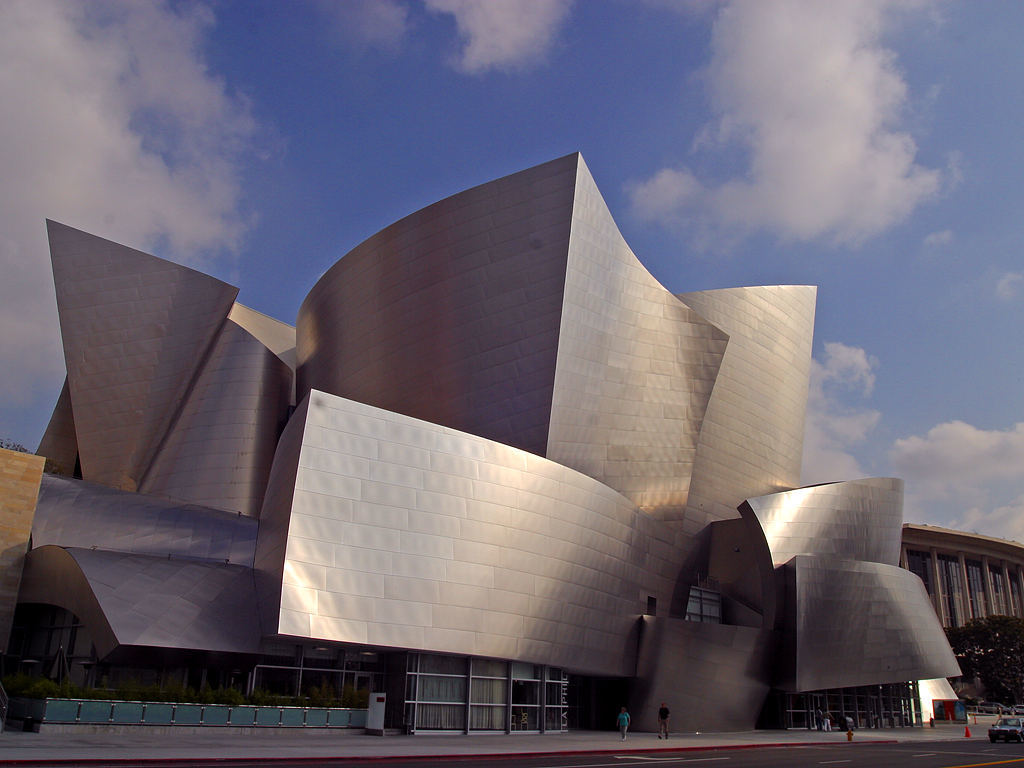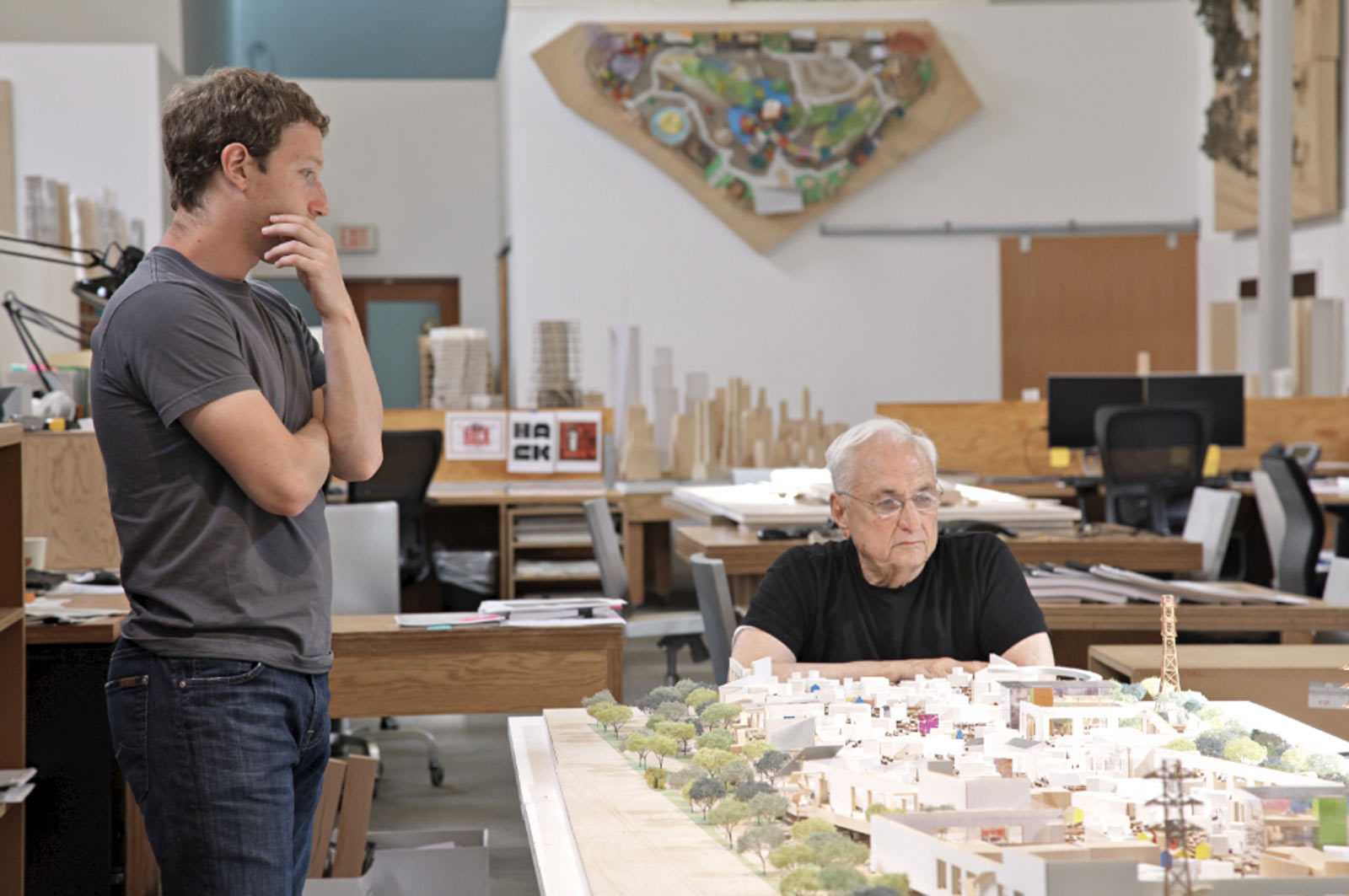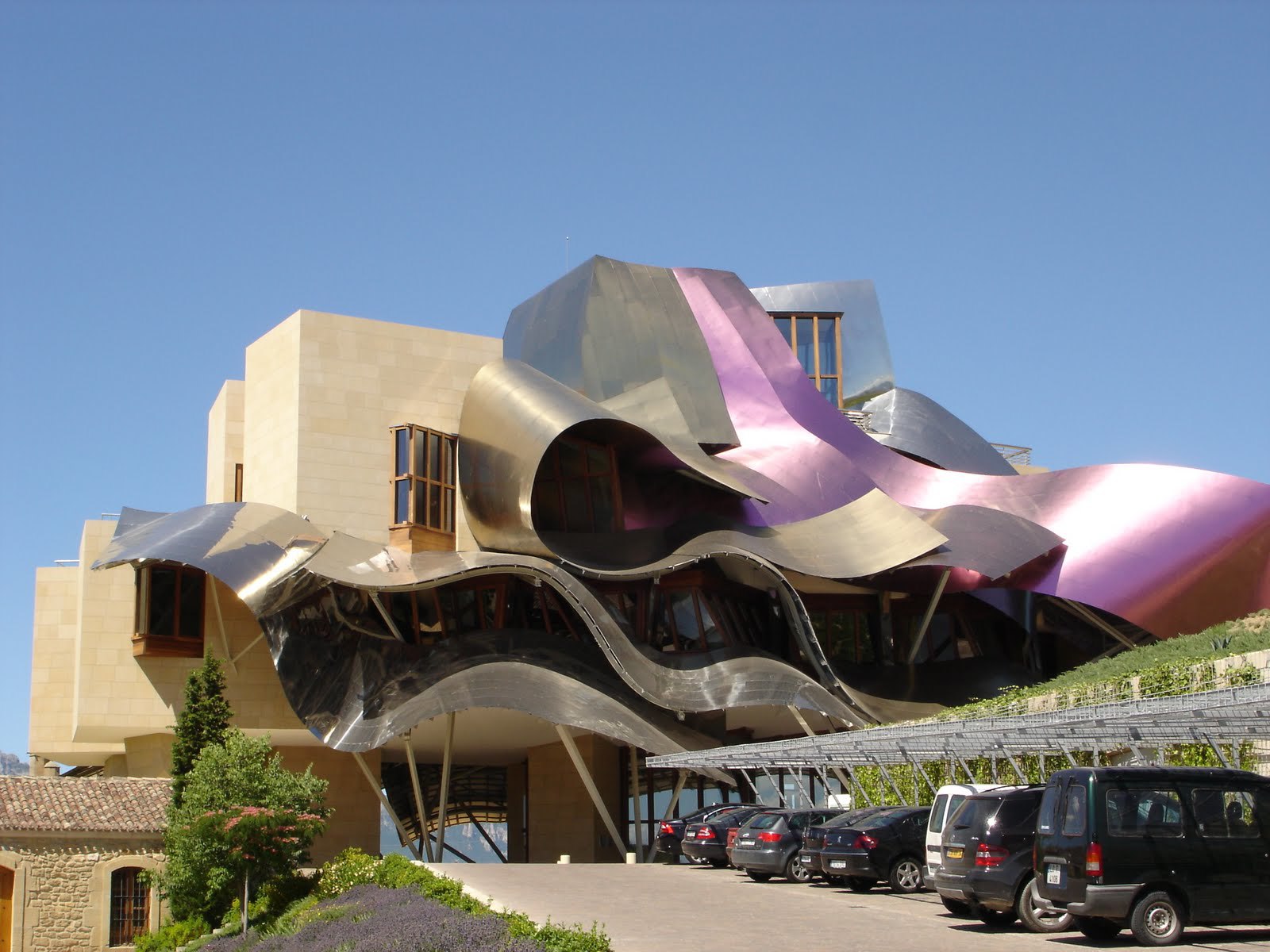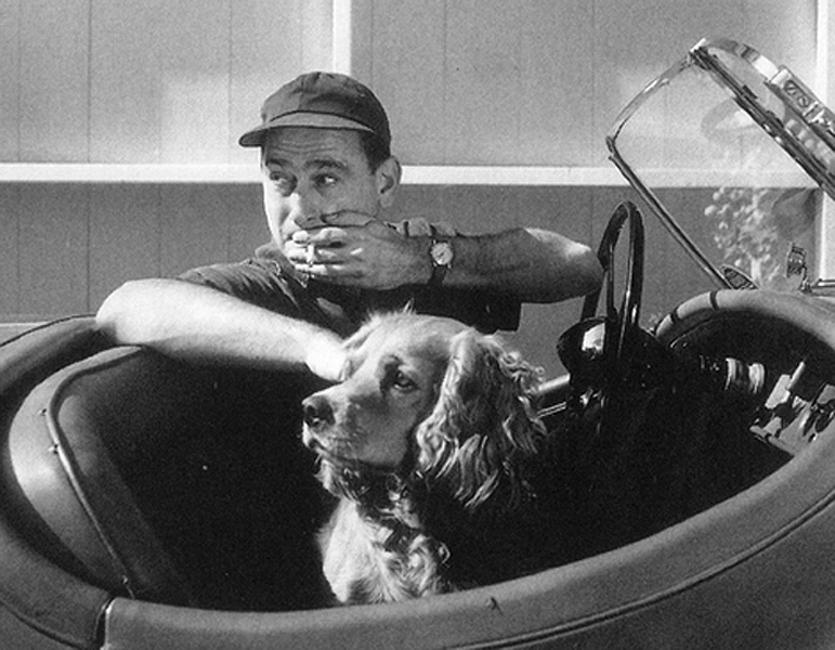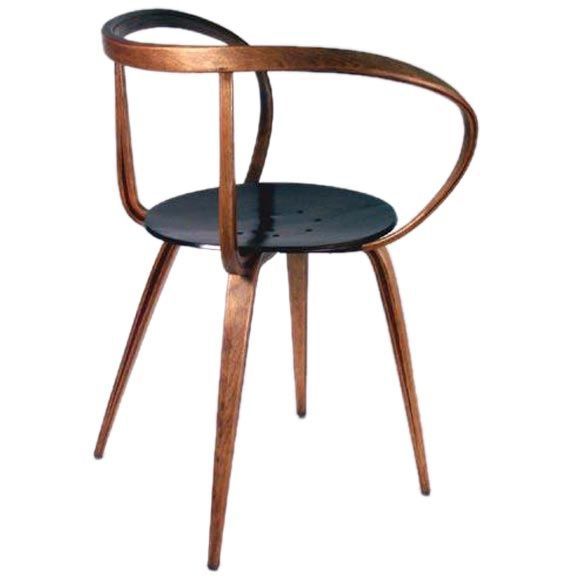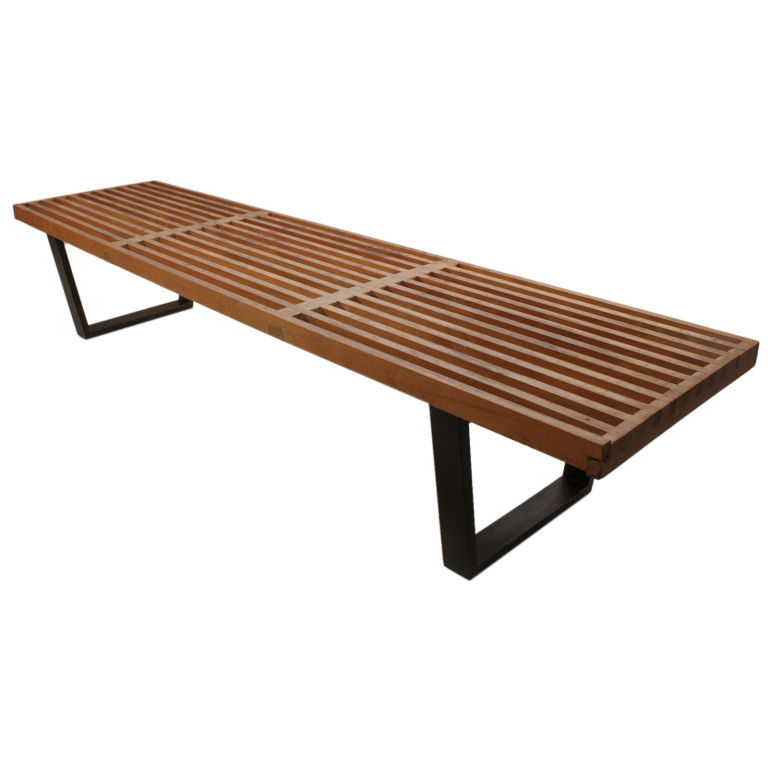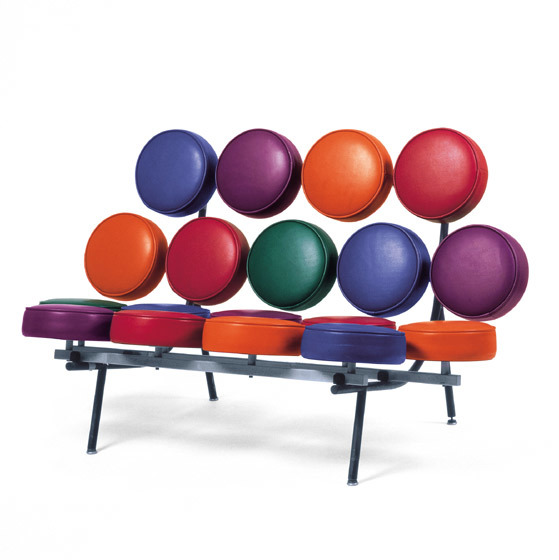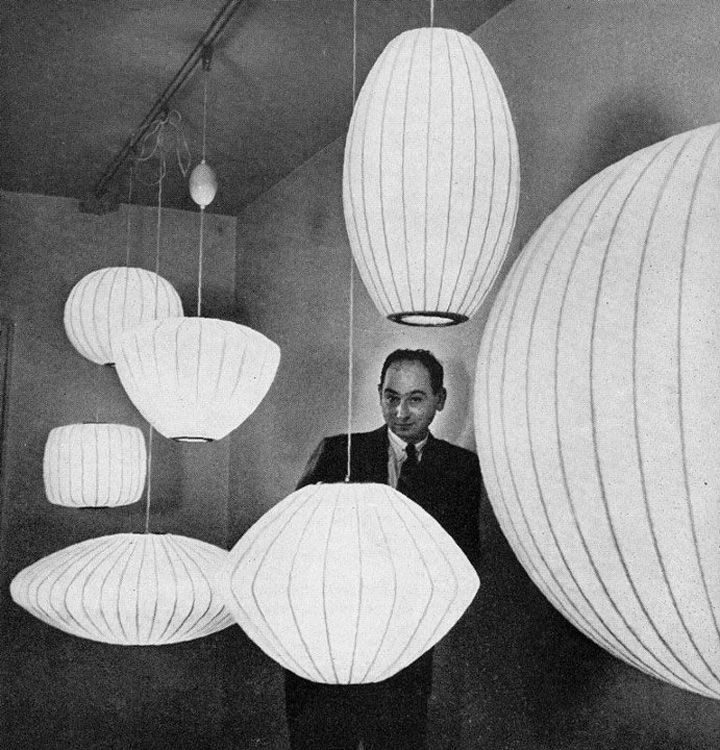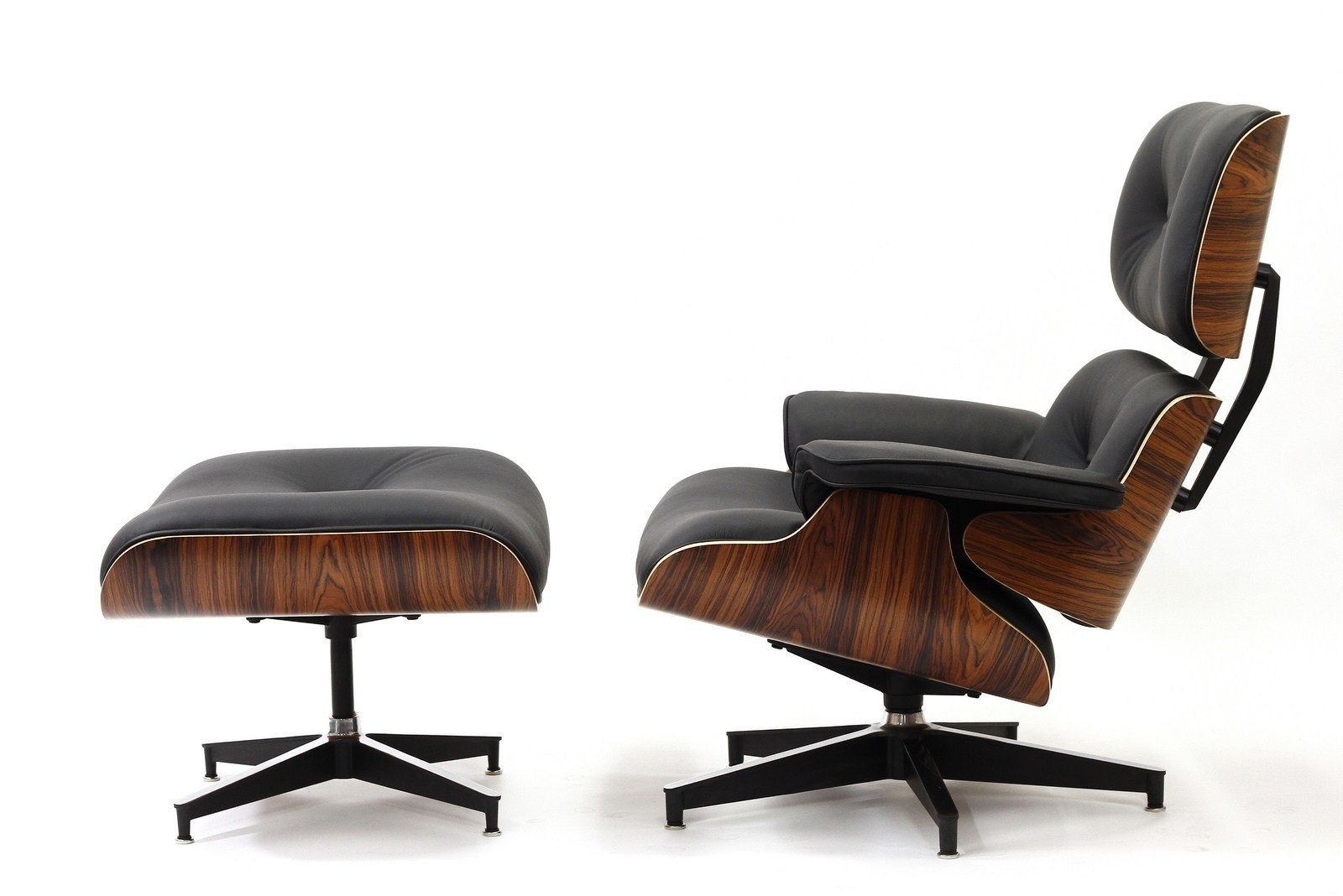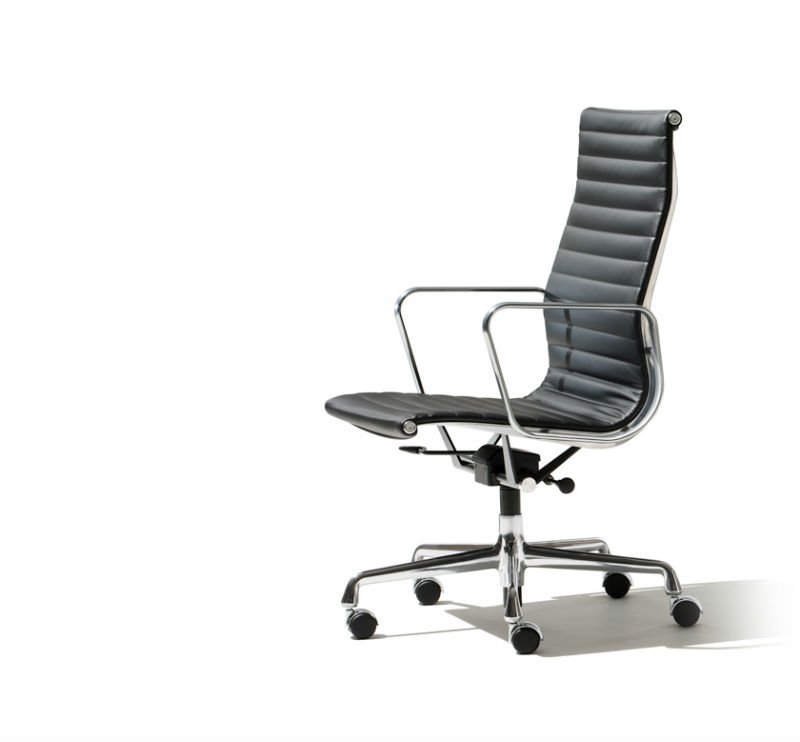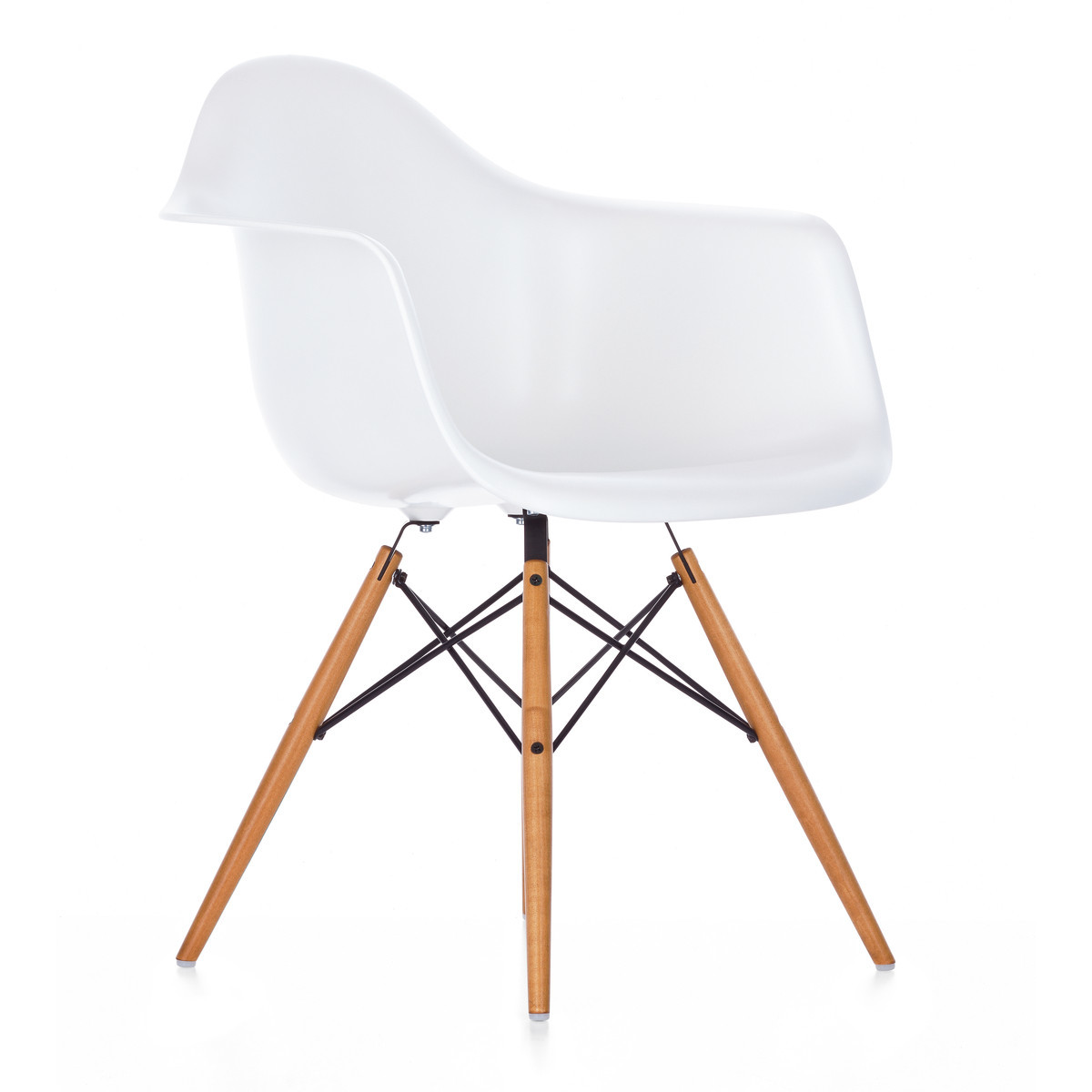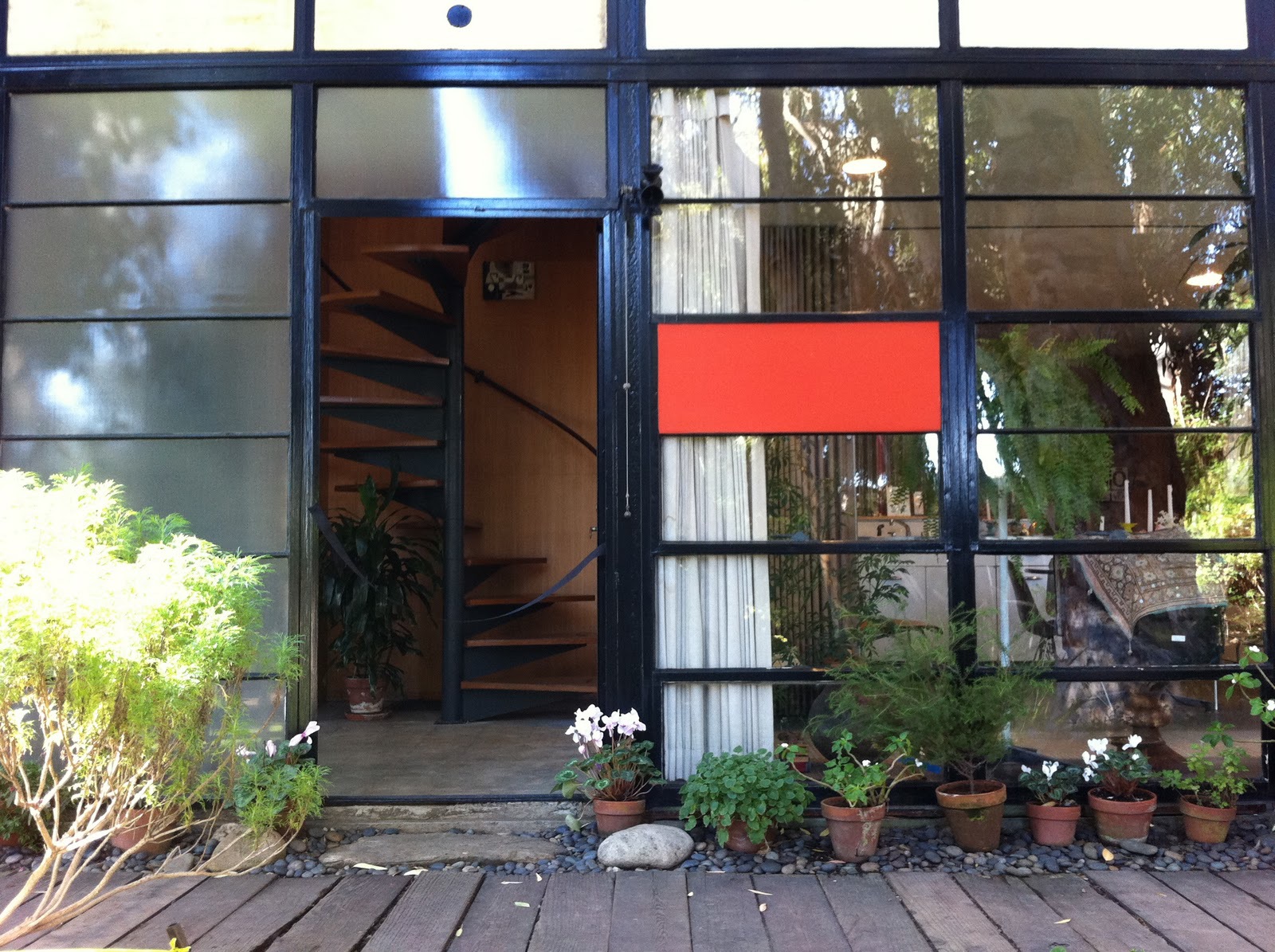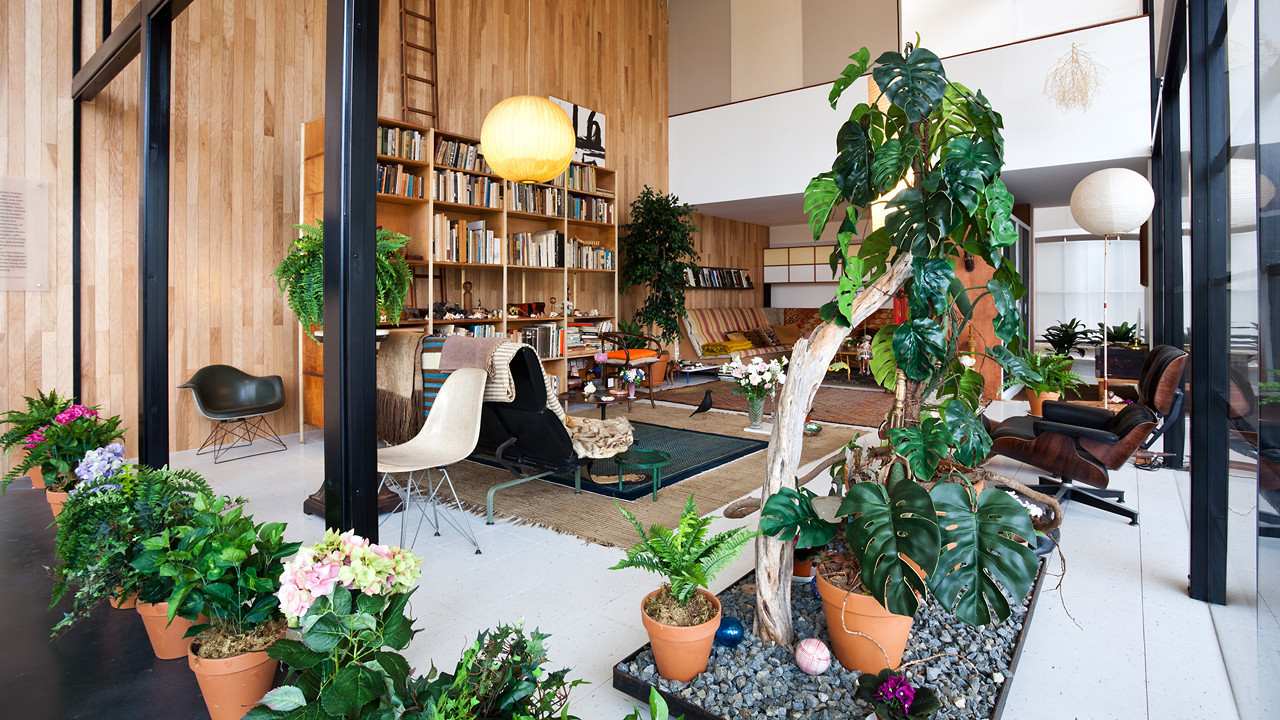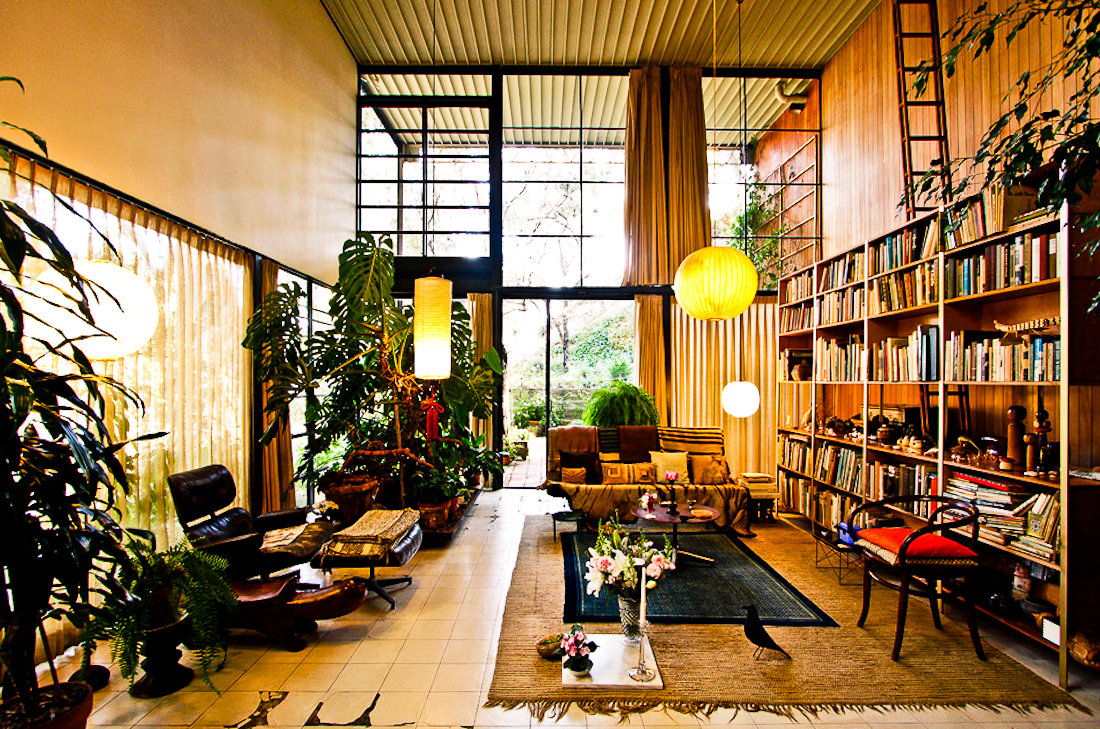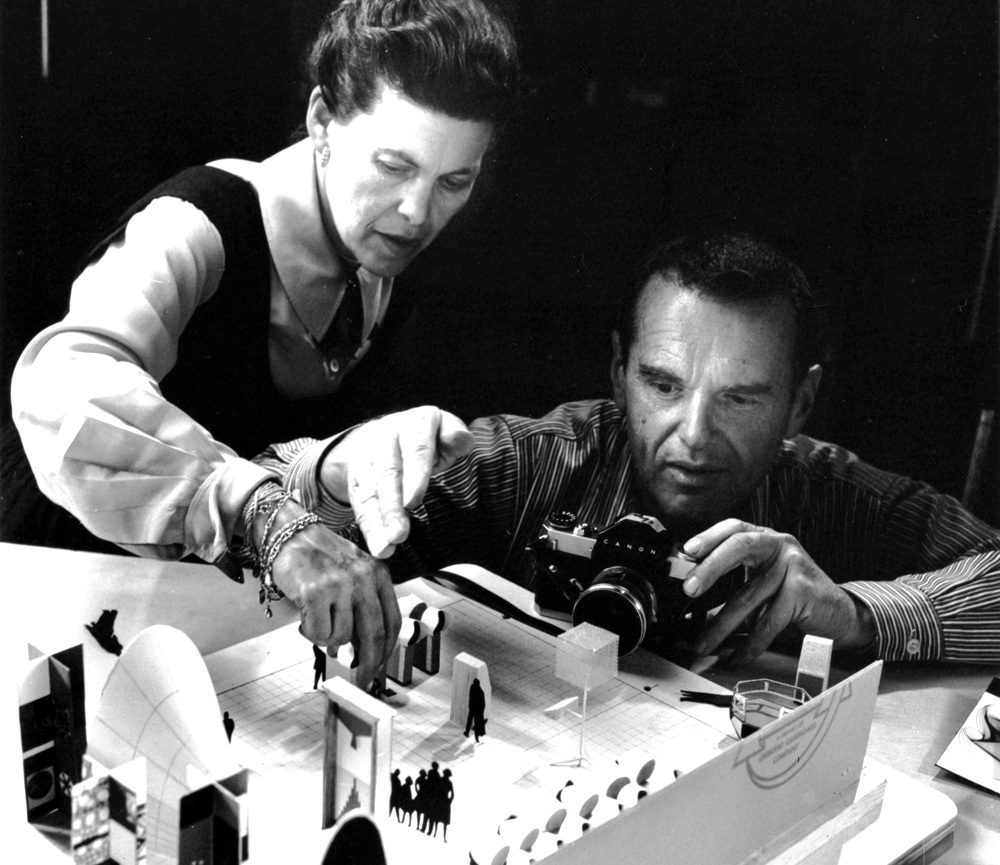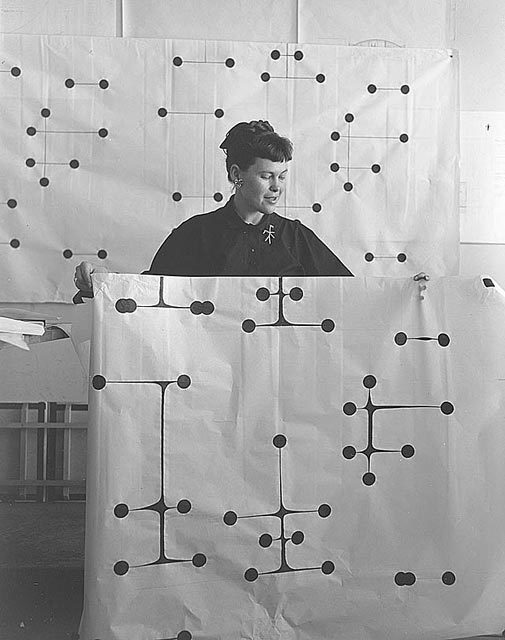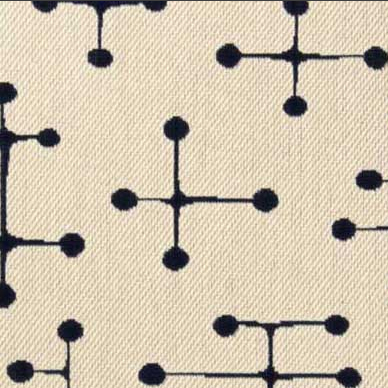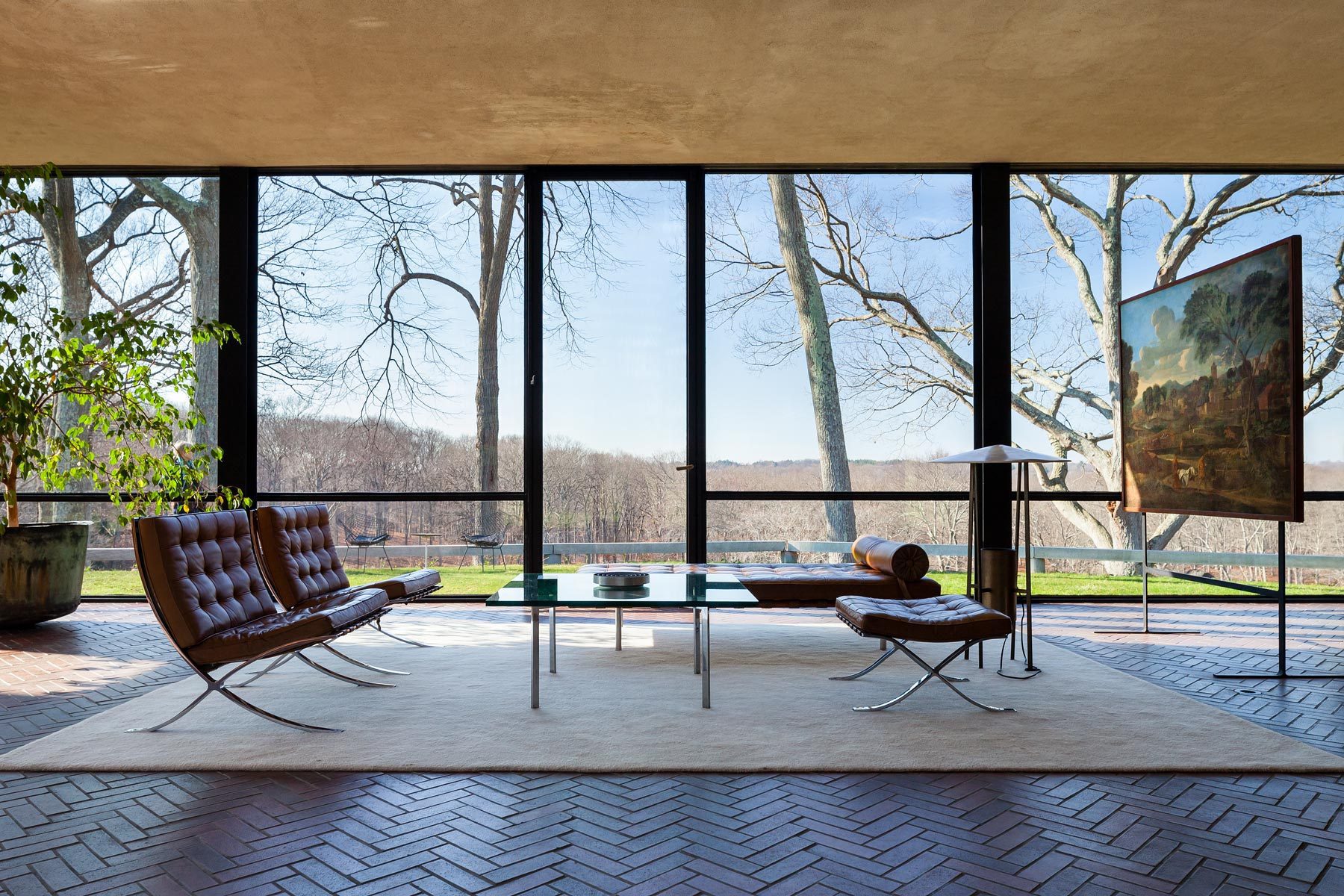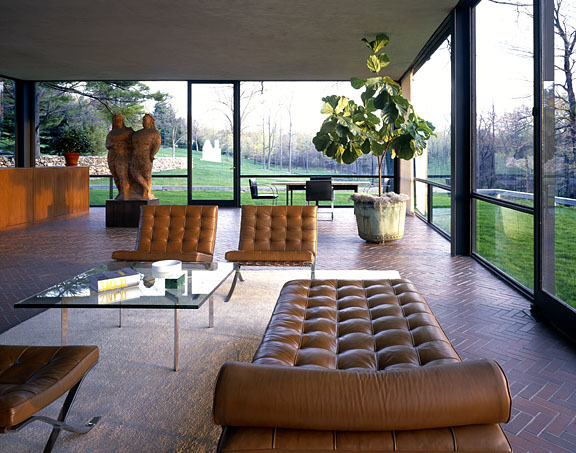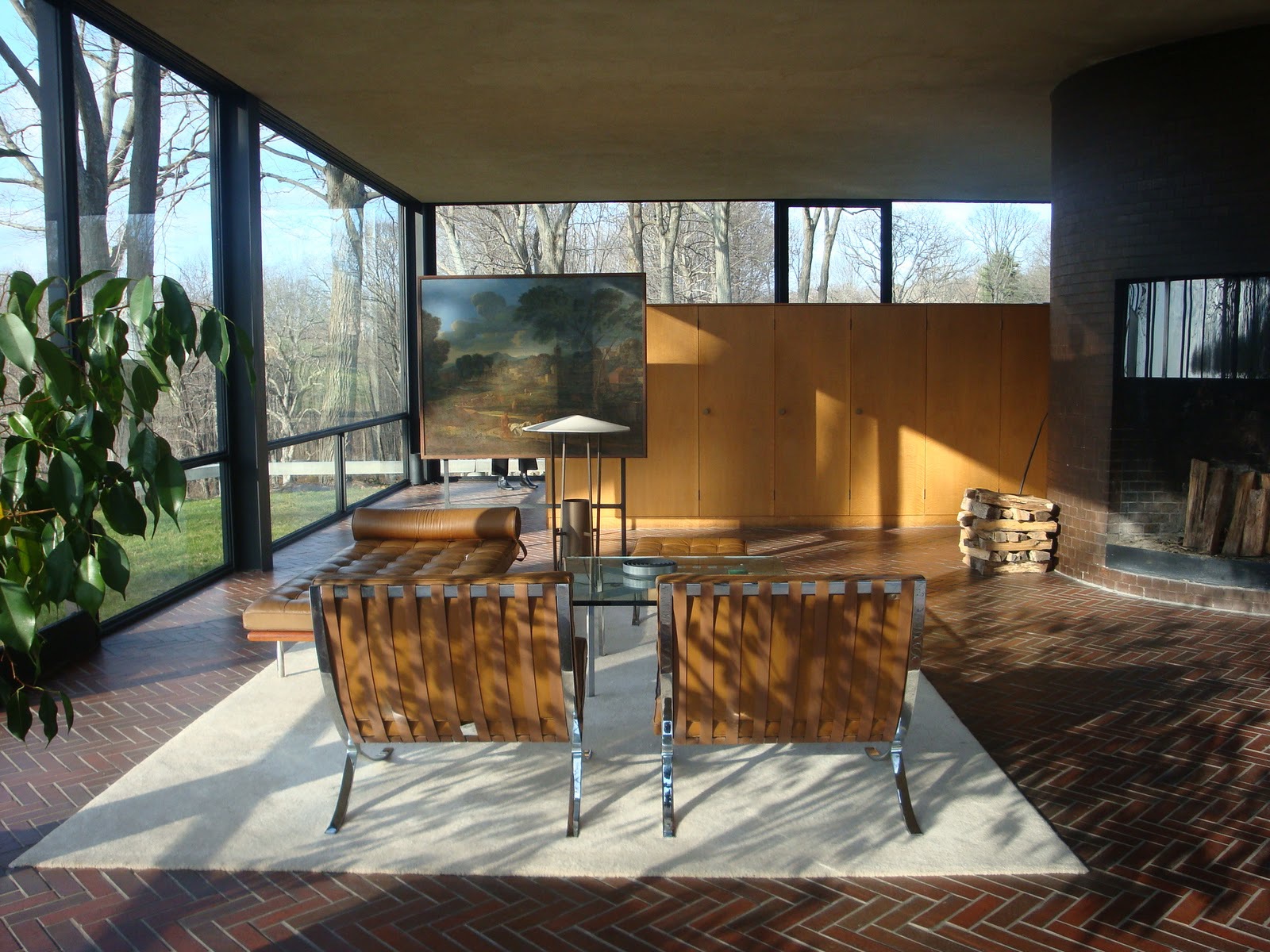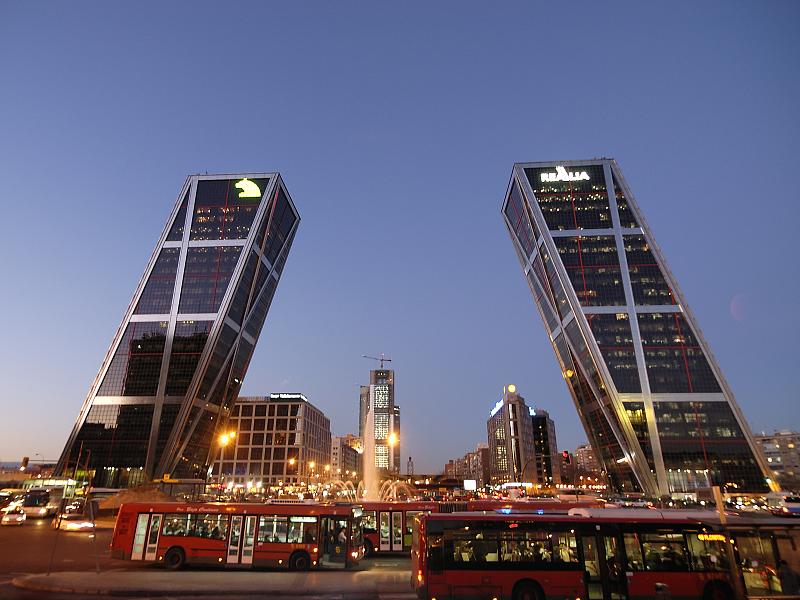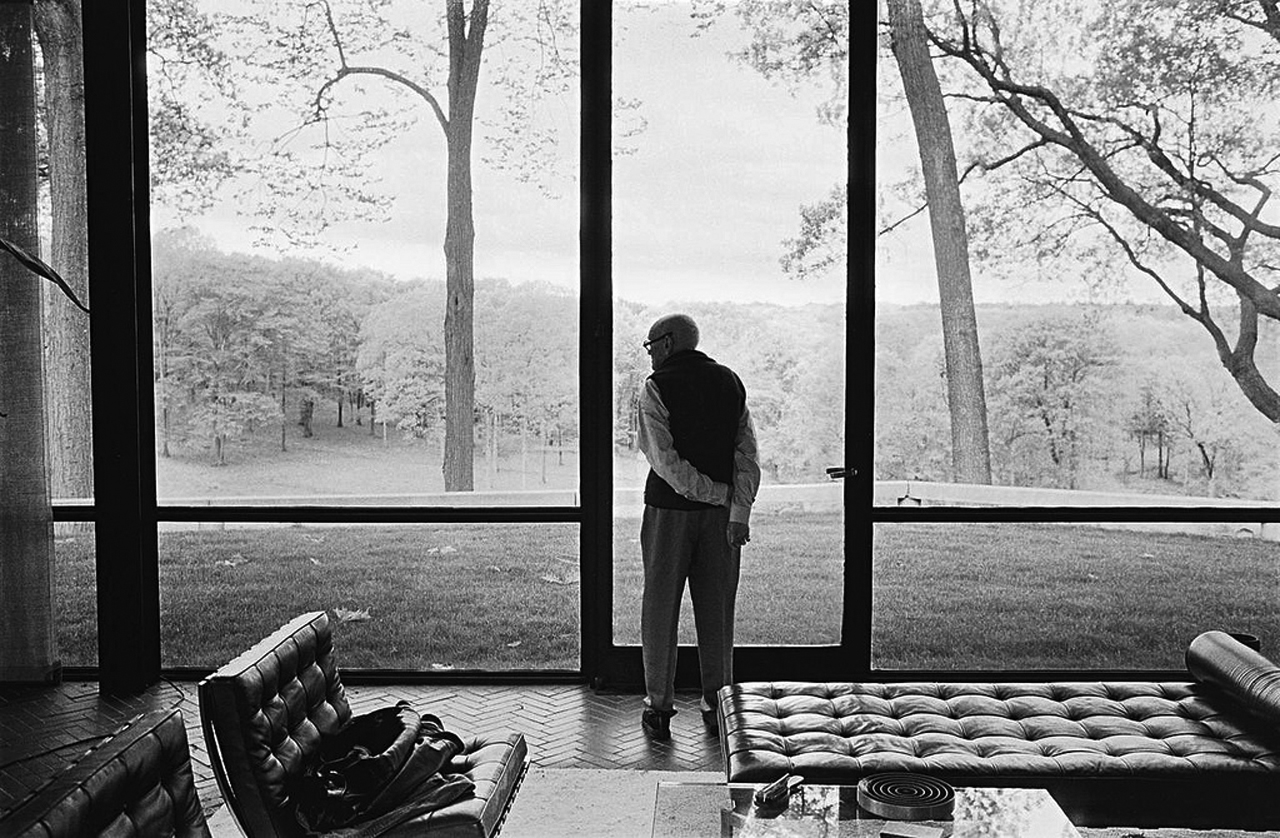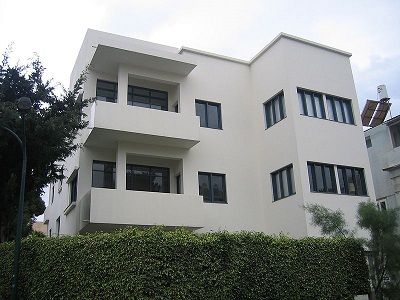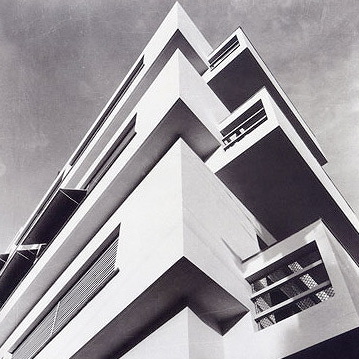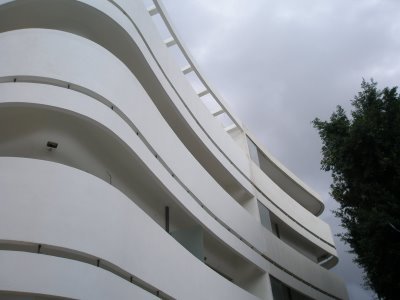Top 10: Modern
When clients ask me what my favourite design style is, that's an easy one. Modern! Webster's defines modern as "relating to the present time or the recent past..". This creates a common misconception when it comes to the modern I'm talking about. Over 100 years ago the modern movement began and became very popular in the 1950's and 1960's. I was inspired to write this because modern does not have to mean everything gloss, cold, or uninviting. It also grinds my gears a little when IKEA is the first thing to come to mind when people think of modern (no hate IKEA!). So, for all of our design savvy readers: I have compiled a list of the top 10 people, places and things you should know about modern design.
1. Staatliches Bauhaus
Literal translation: house of construction. More commonly known as just Bauhaus. From 1919-1933 It served as a fine arts school in Germany, whose teaching would revolutionize the world of design and kick start modern aesthetic as we know today. Due to pressure from the Nazi's deeming it a communist think tank of sorts, Bauhaus closed its doors. By no means did this end the movement: Below find some of my favourite Bauhaus byproducts.
2. Walter Gropius [1883-1969]
Founder of Bauhaus, and designer of the bauhaus building, Gropius worked along side Van der Rohe and Corbusier (below) and is considered one of the founding fathers of Modern Design. After escaping Nazi Germany, Gropius had a stint in Britain and then settled in the United States. His personal residence "Gropius House" brought modernist thinkings to the US. He is also well known for Alan I W Frank House, considered a jewel of American Modern Architecture and known for utilizing green design before it's time.
3. Ludwig Mies van der Rohe [1886–1969]
Refereed to by his surname, Mies served as the last director of Bauhaus. When forced out, he relocated to Chicago; heading the architecture department of the Illinois Institute of Technology. Mies' "less is more" approach led to the design of the Barcelona Pavilion (1929) and it's more famous same named chairs. Later on (1946-1951) Mies designed Farnsworth House as a weekend retreat for Dr. Edith Farnsworth. The house is now owned by the National Trust for Historic Preservation and operates as a museum. The purpose of Mies work was to create free, open space - without him the free and open floor plans of today might not be the same.
4. Le Corbusier
Charles-Édouard Jeanneret-Gris [1887-1965]
"Chairs are architecture, sofas are bourgeois"
Corbusier was driven to provide better quality of living in crowded cities. With the slums of Paris becoming over crowded, he worked on developing cell like apartments stacked one on top of each other built with steel and reinforced concrete, much like what you see today. Not only was Corbusier an architect and urban planner but also a sculptor, painter, and writer. He helped establish the "purism" art movement, a style which shines through in his architecture, furniture, and urban planning.
5. Frank Lloyd Wright [1867-1959]
When it comes to architecture, FLW was outstanding. His Falling Water House is one of the most recognizable buildings in the United States, following his organic architecture principals. If you have visited the Guggenheim in NYC you have visited a great work of FLW. The beautiful curves and bright white exterior jump out at you from the concrete jungle that is Manhattan. The next time you are in NYC make sure it's on your list to see! Personally, I love the works of FLW. He successfully took modern ideal and harmoniously mixed it with warm, natural materials.
6. Frank Gehry [1929 - Still kickin']
Although Canadian born, Gehry now resides in Los Angeles. Gehry has been labeled "the most important architect of our age" by Vanity Fair, and his works have become massive tourist attractions. Gehry's works are considered "post-structuralist" and amazes my engineer boyfriend. He's best known for his Dancing House in Prague, Walt Disney Concert Hall, and his Guggenheim in Bilboa Spain. Zuckerberg was so impressed he has commissioned Gehry to design the new Facebook HQ.
7. George Nelson [1908-1986]
Nelson was an American Industrial Designer, and came up with the idea of a "family room" and a storage wall. While director of design for Herman Miller, Nelson worked alongside the greats Ray and Charles Eames, Harry Bertoia, Richard Schultz, Donald Knorr, and Isamu Noguchi. (If I could make the list longer than 10 it would include all of these people.) Even though he helped to create the office cubicle as we know today, Nelson renounced it saying "One does not have to be an especially perceptive critic to realize that AO II [cubicles are] definitely not a system which produces an environment gratifying for people in general. But it is admirable for planners looking for ways of cramming in a maximum number of bodies, for "employees" (as against individuals), for "personnel," corporate zombies, the walking dead, the silent majority. A large market."
I like this guy.
8. Ray and Charles Eames
The dynamic duo! Am I ever glad this couple met up to do the amazing things for design that they did. Charles Eames was one of the first to mould plywood, bringing us many of the midcentury classics we know and love today. The two married and moved to California where they built Eames house. An architectural feat of its time, it was made of pre-fab steel and constructed within a matter of days. Ray and Charles went on producing furniture for Herman Miller, and Ray produced the line of Eames fabrics.
9. Philip Johnson [1906-2005]
An American born architect, Johnson founded the department of Architecture and Design at the MoMA NYC. Early on in his career, Johnson met Mies van der Rohe, whom he would feature in a MoMA exhibit and have a lifelong career relationship with that was both competitive and collaborative. Most well known for his personal residence "glass house". The home has a resemblance to Mies van der Rohe's Farnsworth house, including many major principals of modern design.
10. "The White City" Tel Aviv, Israel.
Although it's in an ancient part of the world, Tel Aviv was only established in 1909, making it newer than many cities is the western world. This coincided with the closing of Bauhaus in Germany and allowed many of those studying there made their mark. The abundance of Bauhaus architecture has deemed Tel Aviv a UNESCO world heritage site. If you ever have the chance to visit, take a bauhaus tour, as it is rare to see this much bauhaus architecture in such a small area.
Ciao!
Kali

